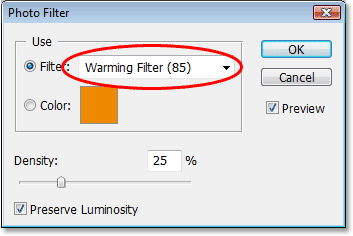Mood Board: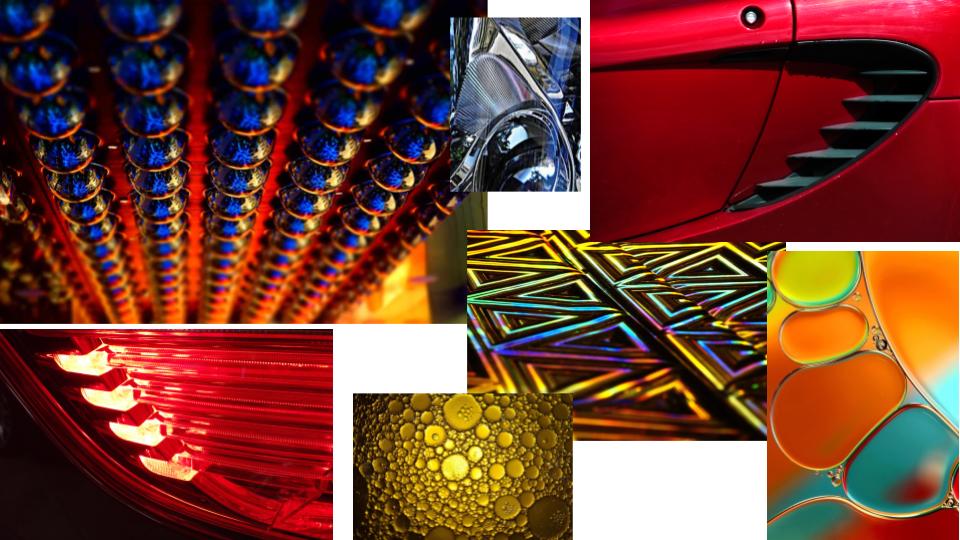
My Response:
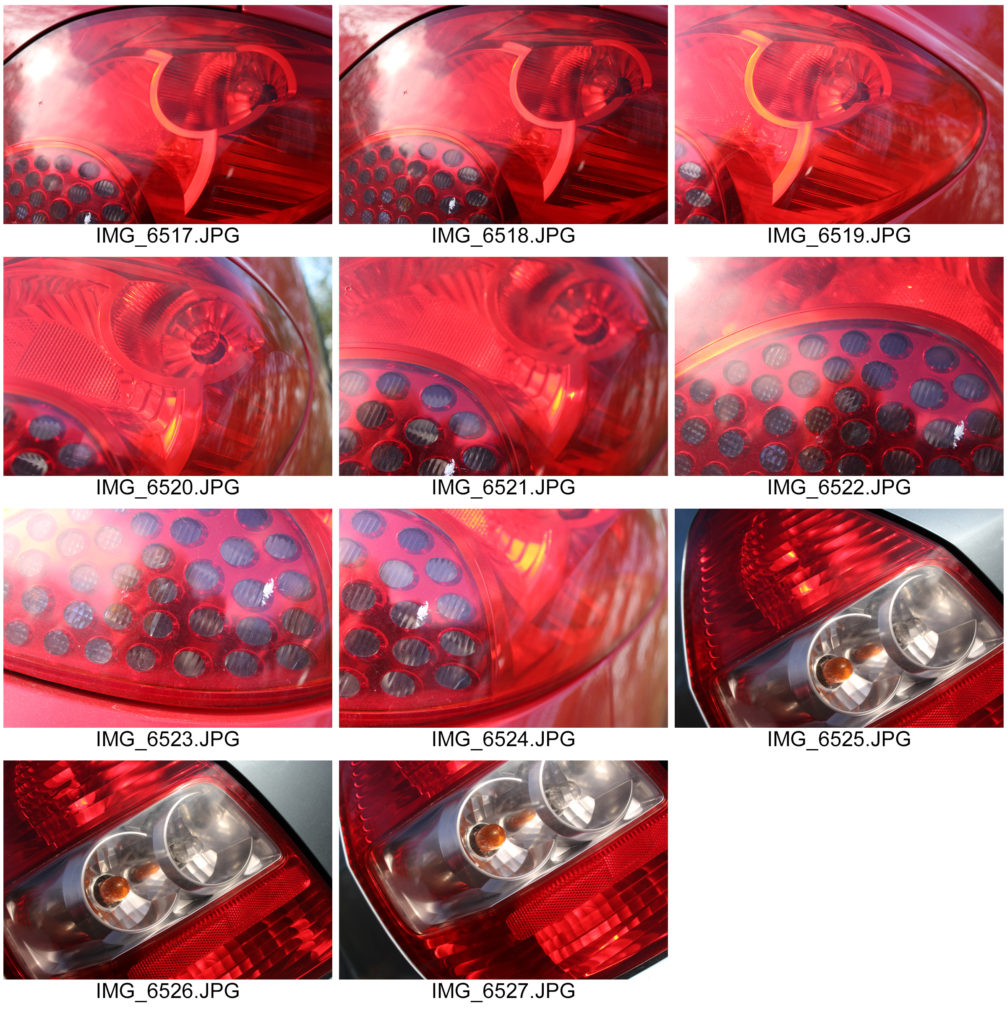
Best Images: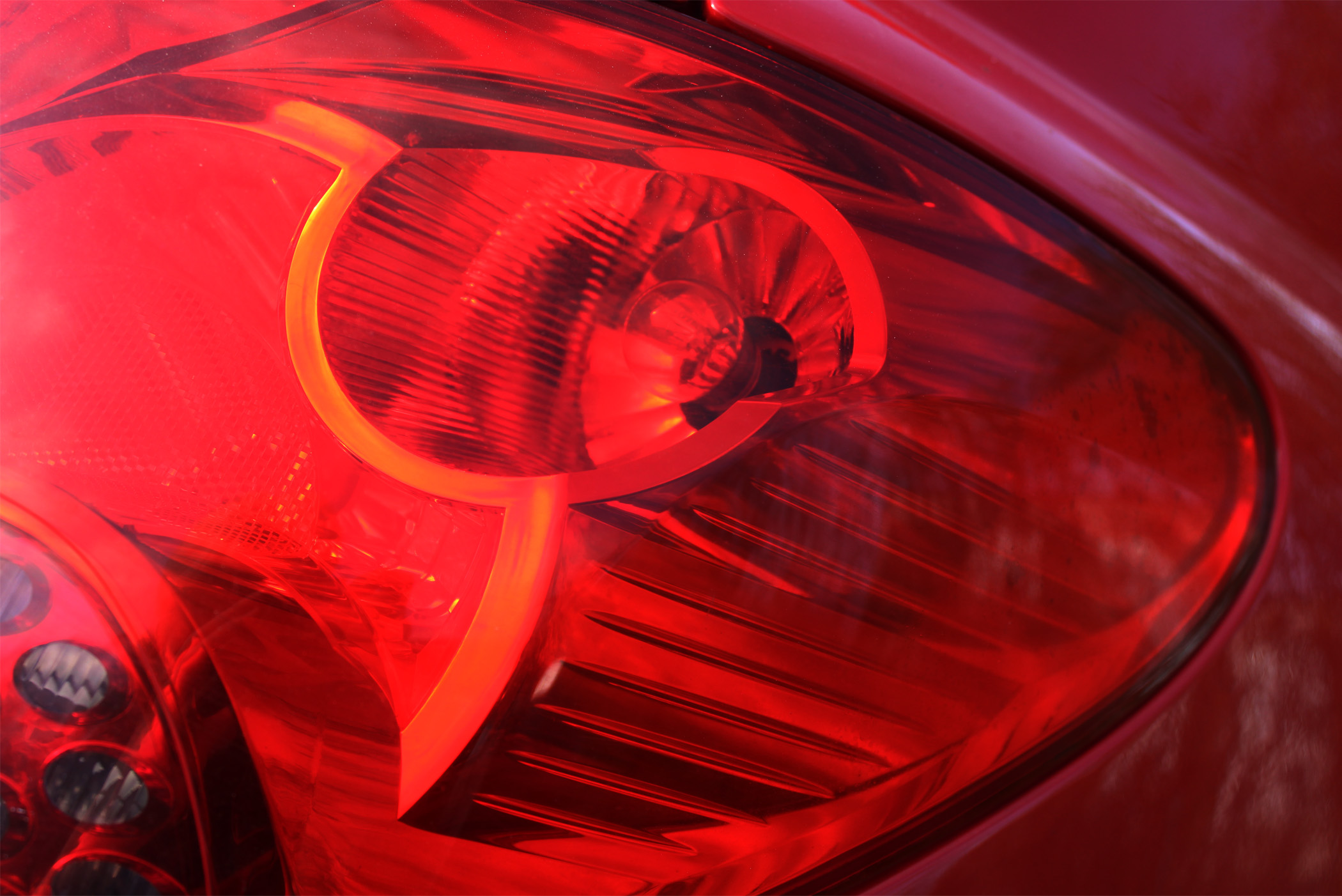

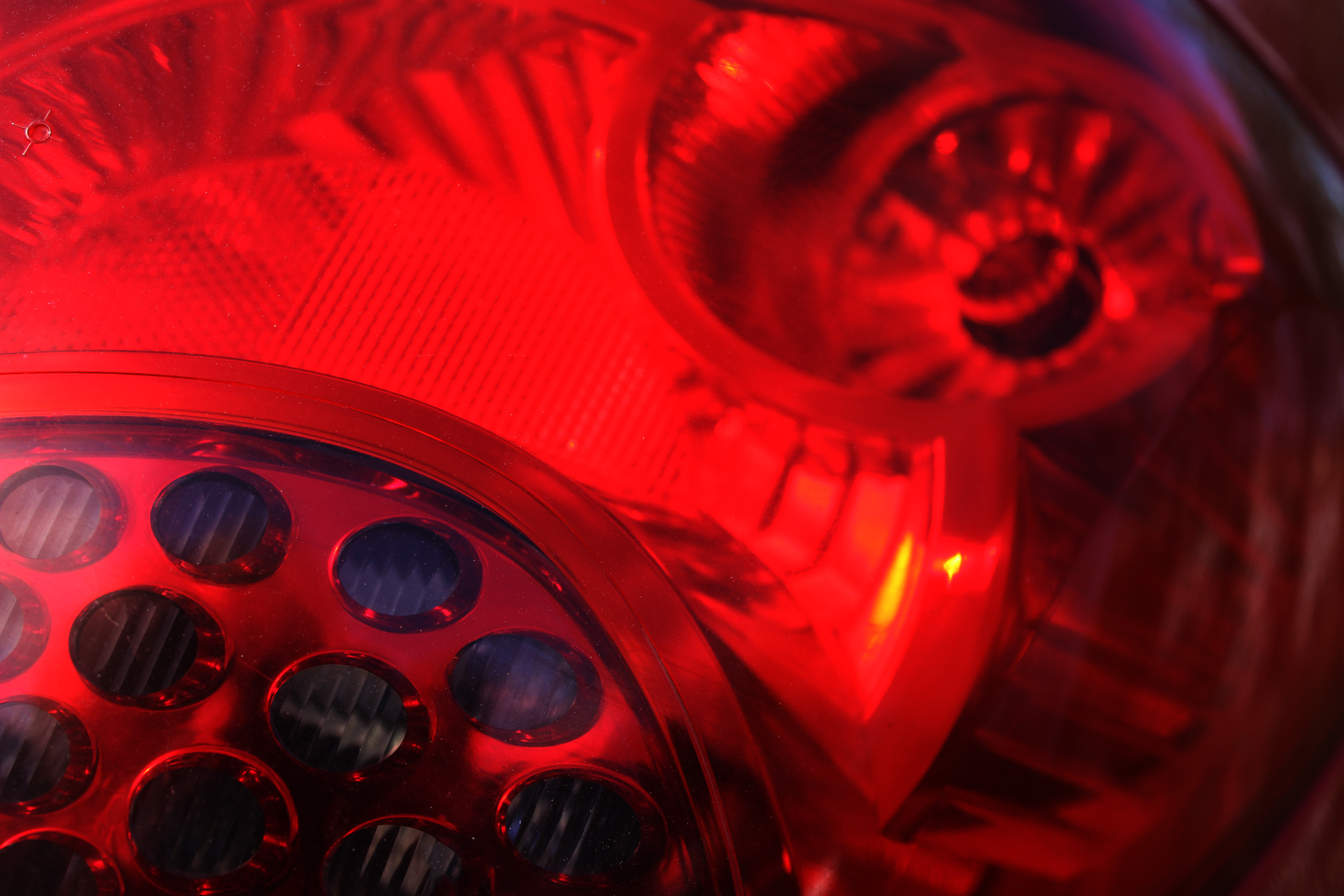
Edited Compositions:
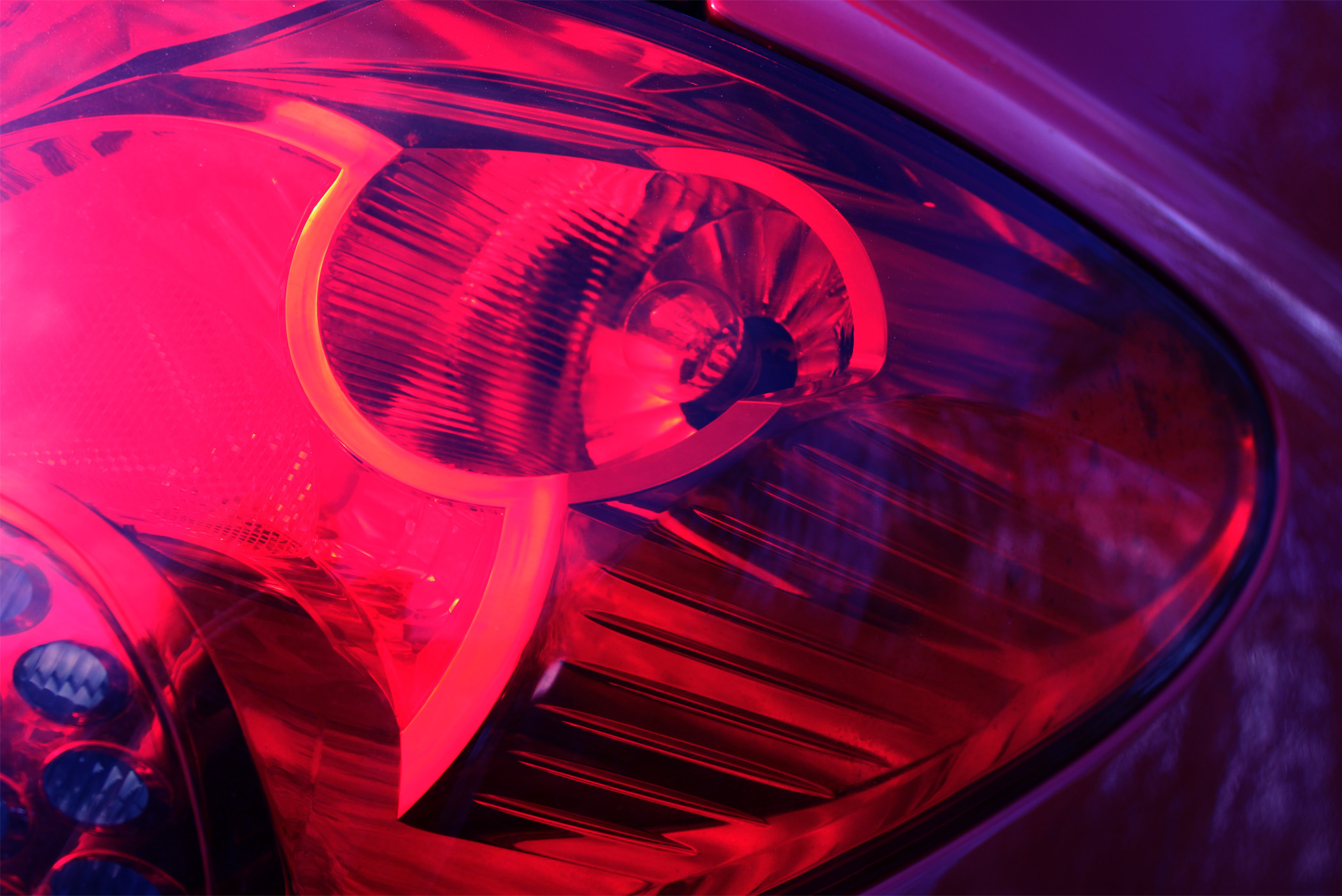
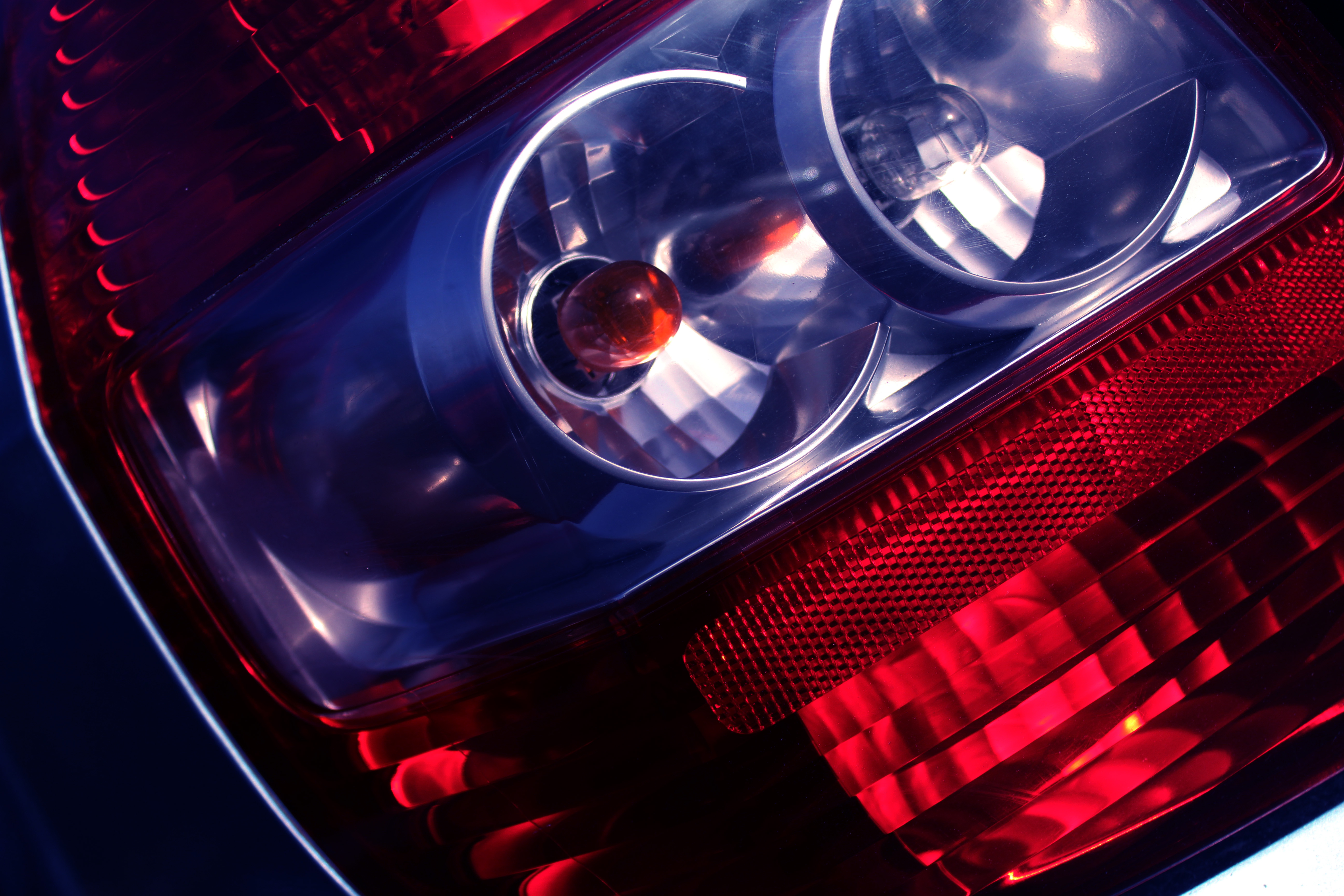
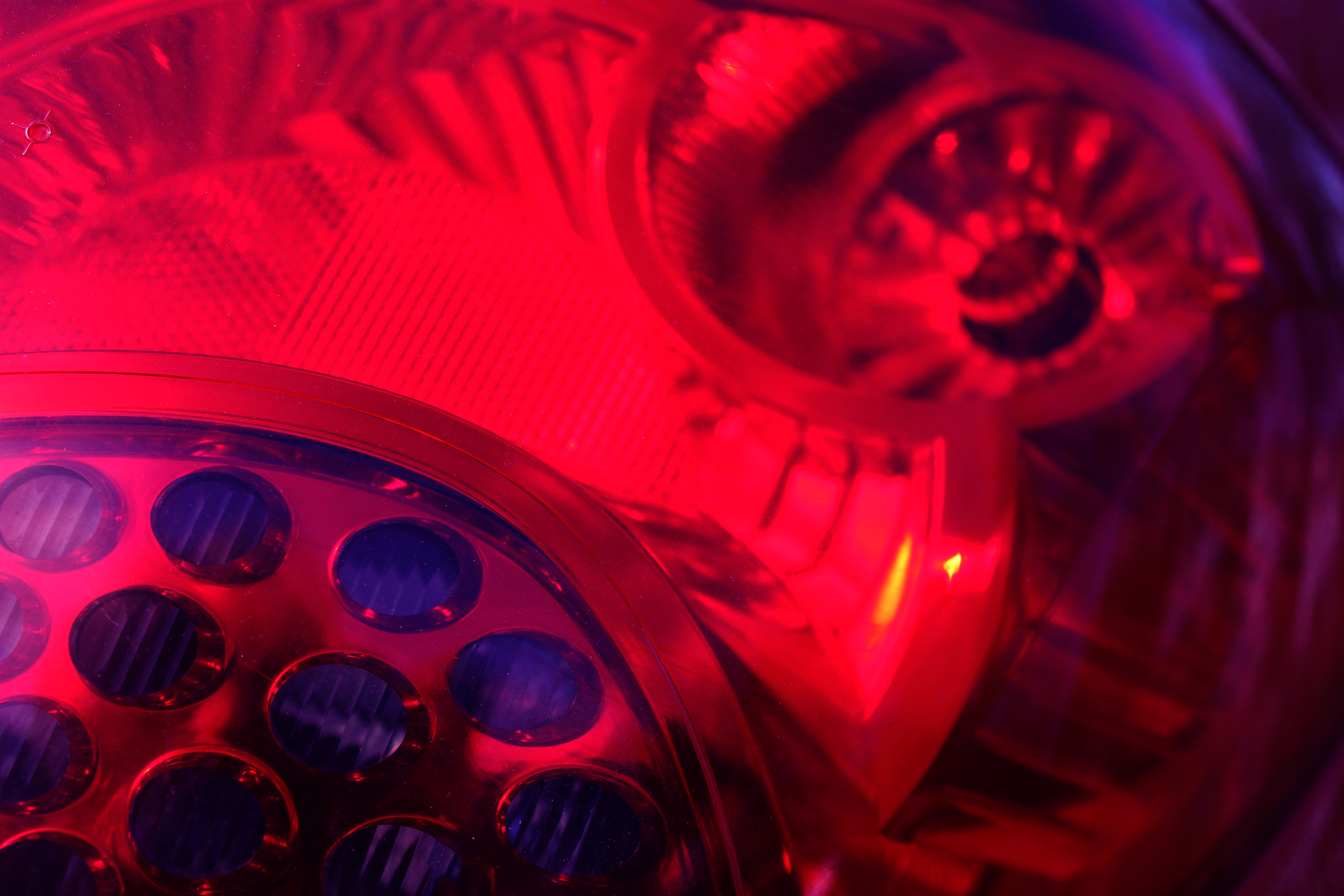
Mood Board:
My Response:

Best Images:


Edited Compositions:



Distortion is a warping or transformation of an object and its surrounding area that differs significantly from what the object would look like with a normal focal length, due to the relative scale of nearby and distant features.

Here are examples of my distortion photography:
I like these images because in the first photo the background is warped inwards, and the face is dragged out. However, in the second photo the face is flat and you can see a lot more of the background.
Once again the face is contorted out and in the first photo the background is a lot more visible, with the face being very flat.
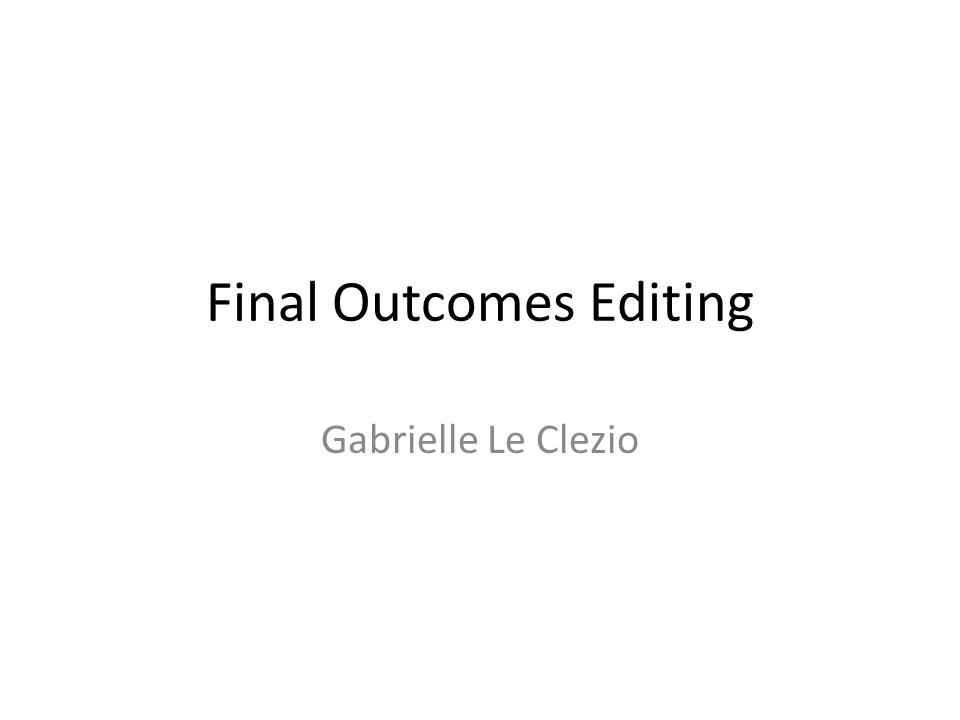
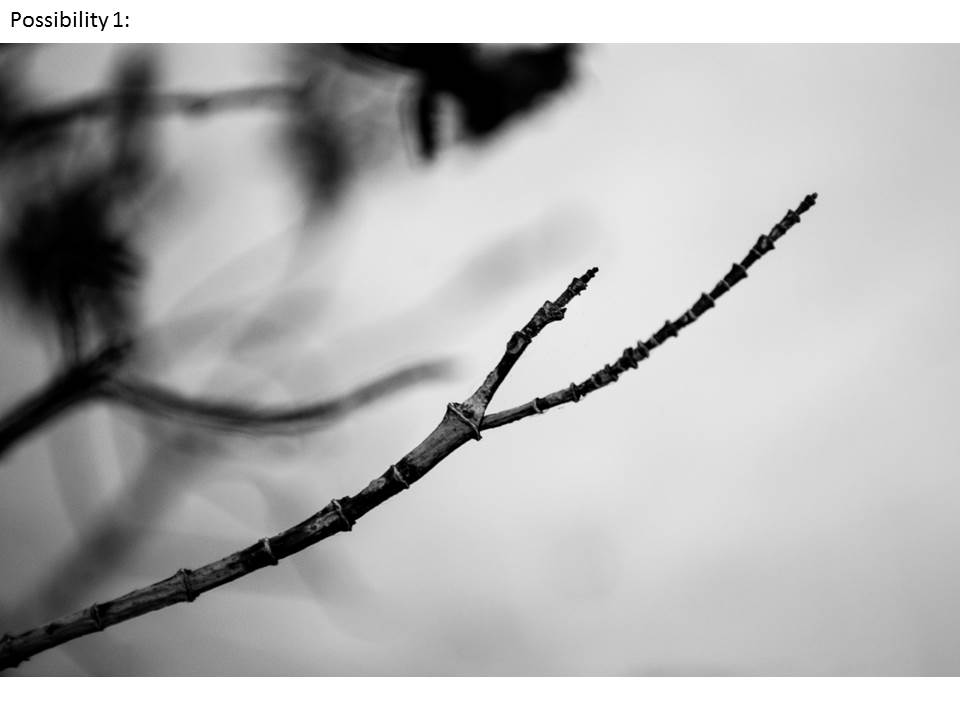
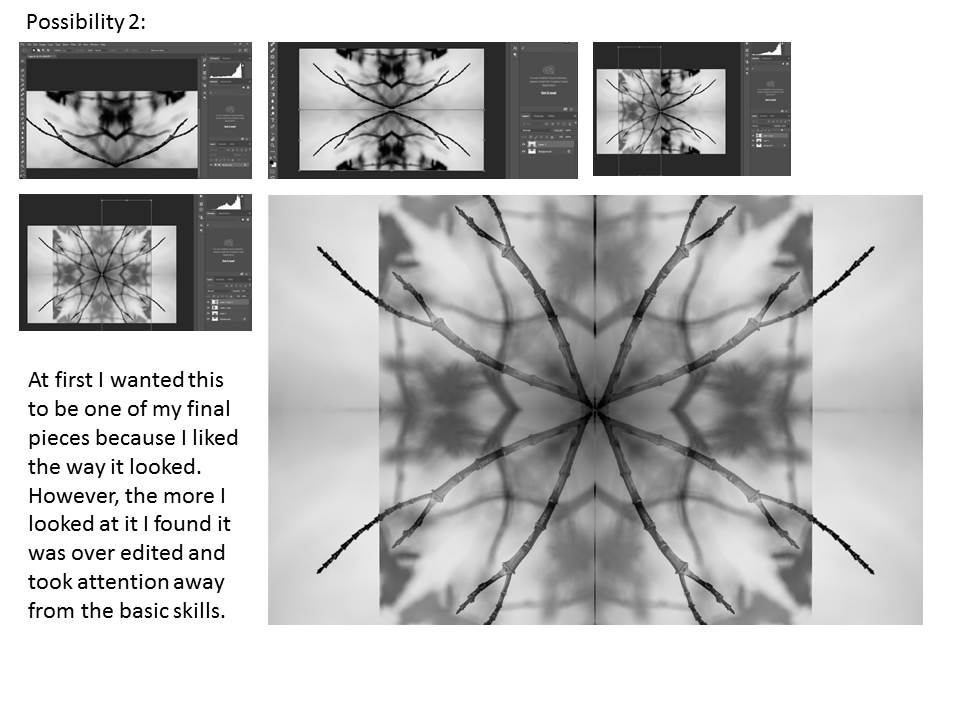
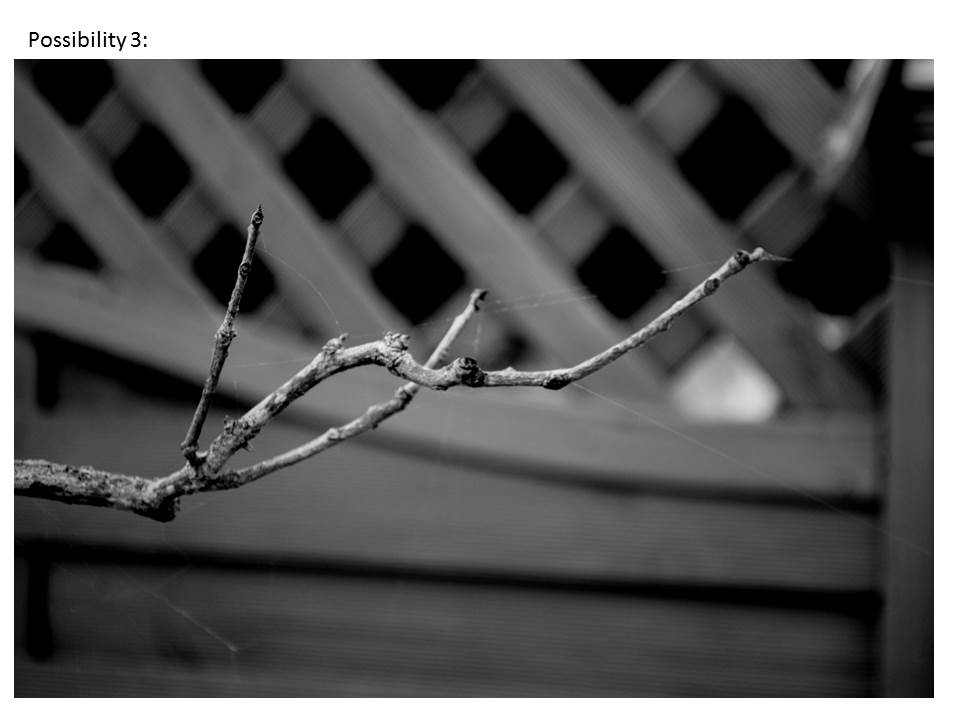
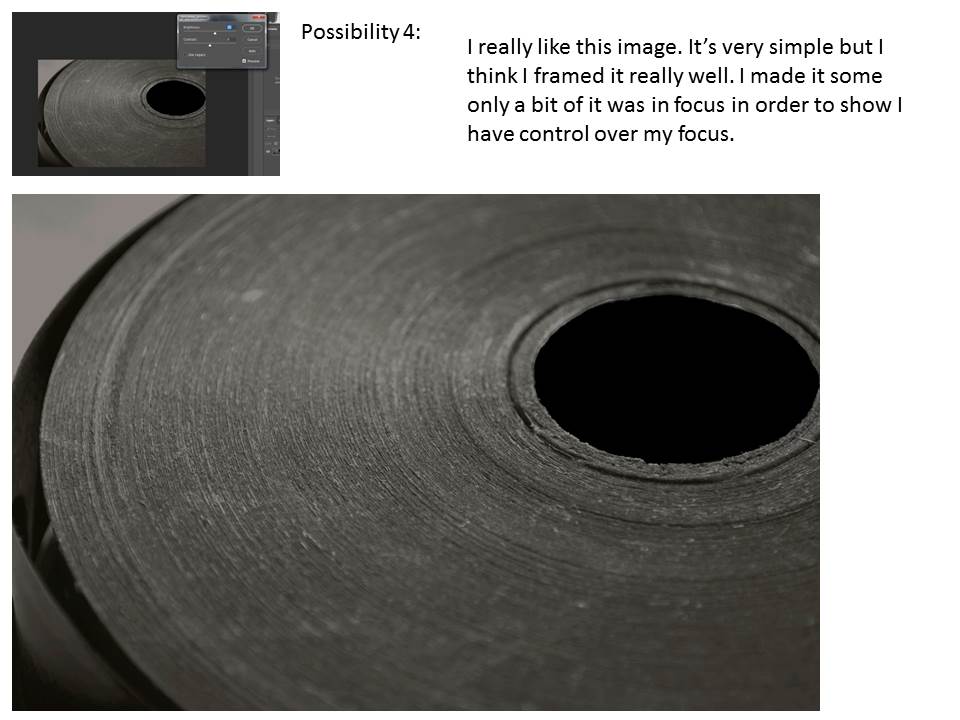
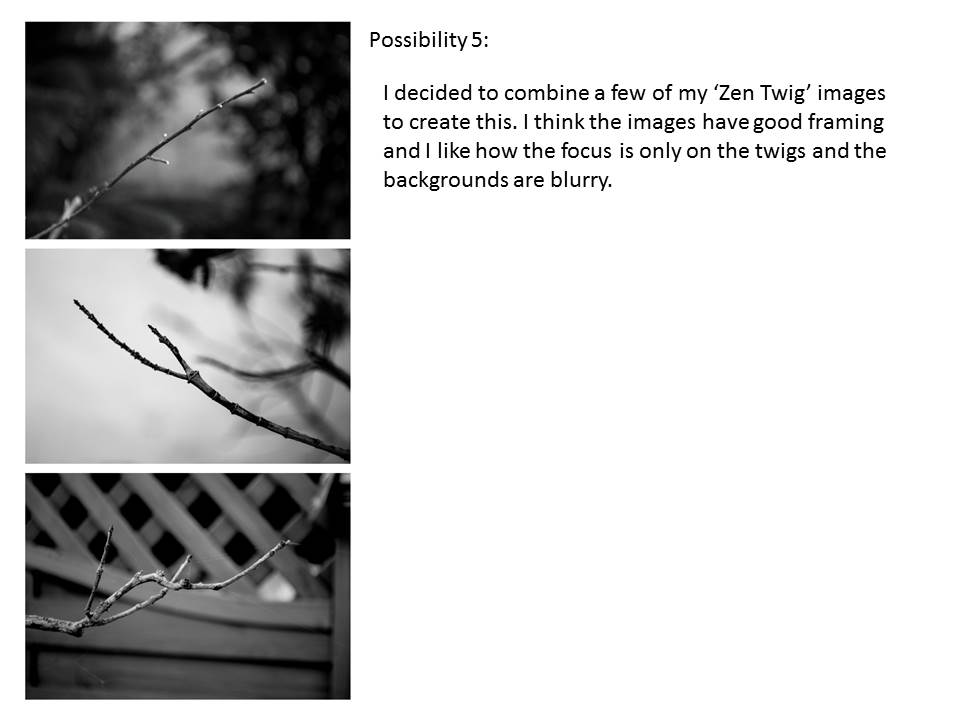
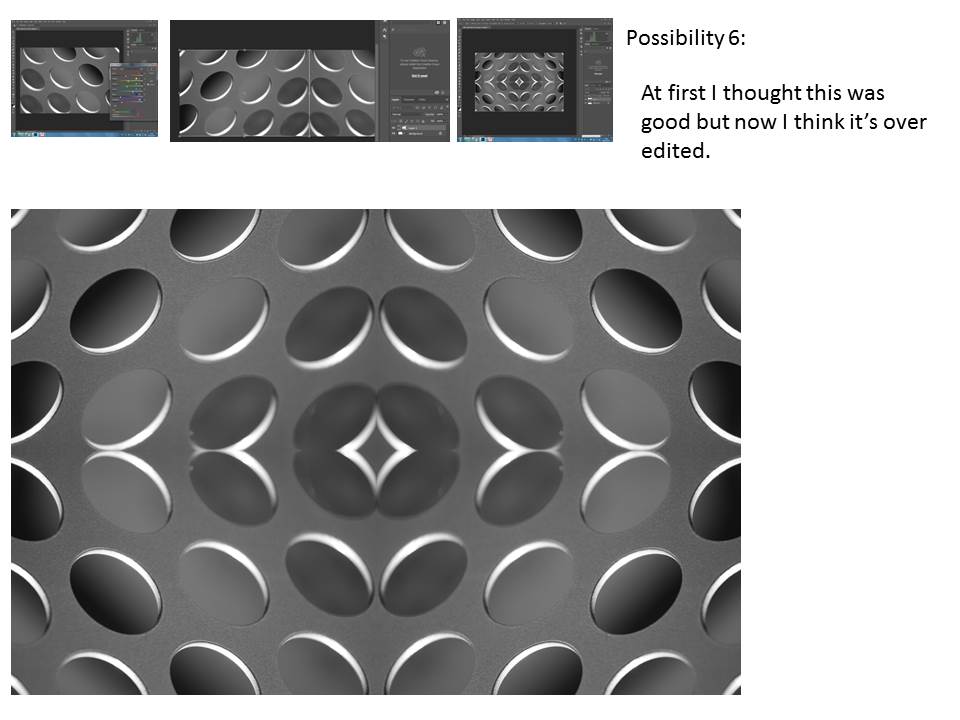
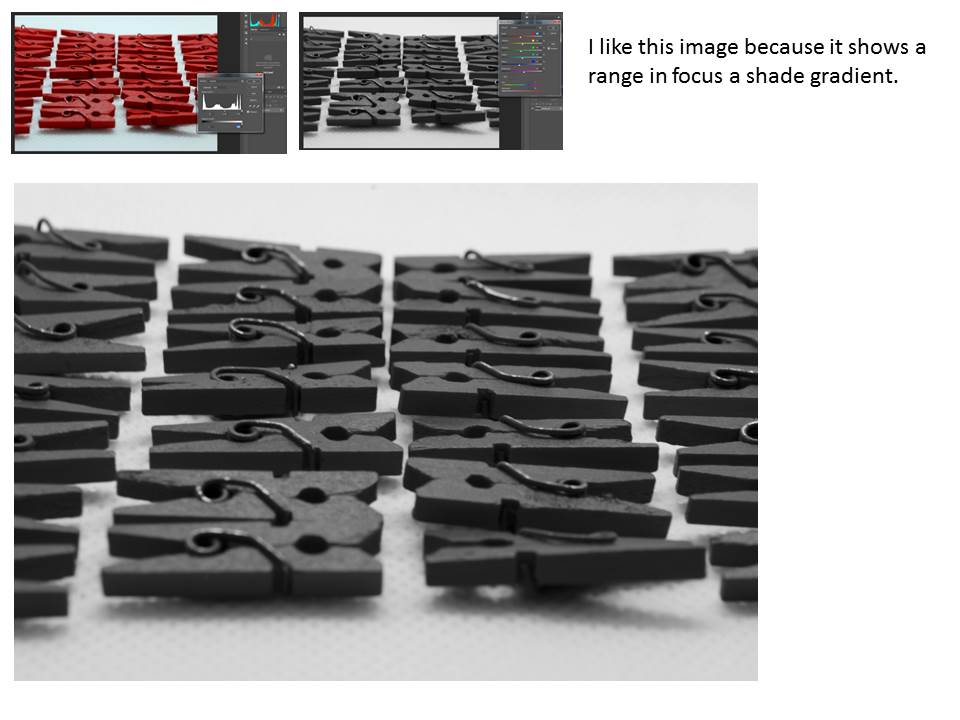
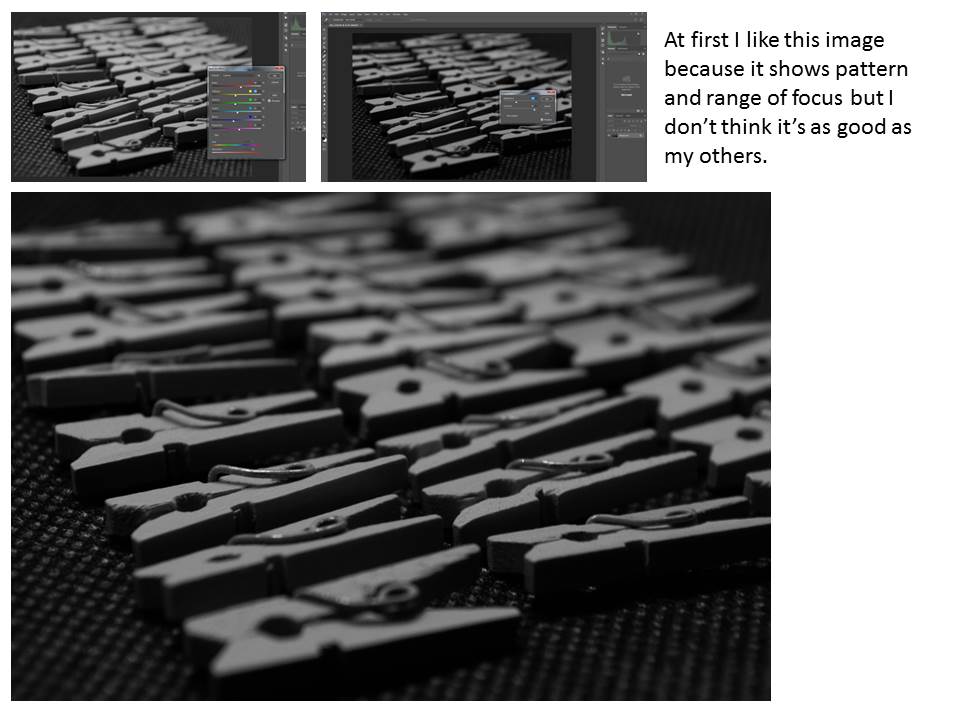
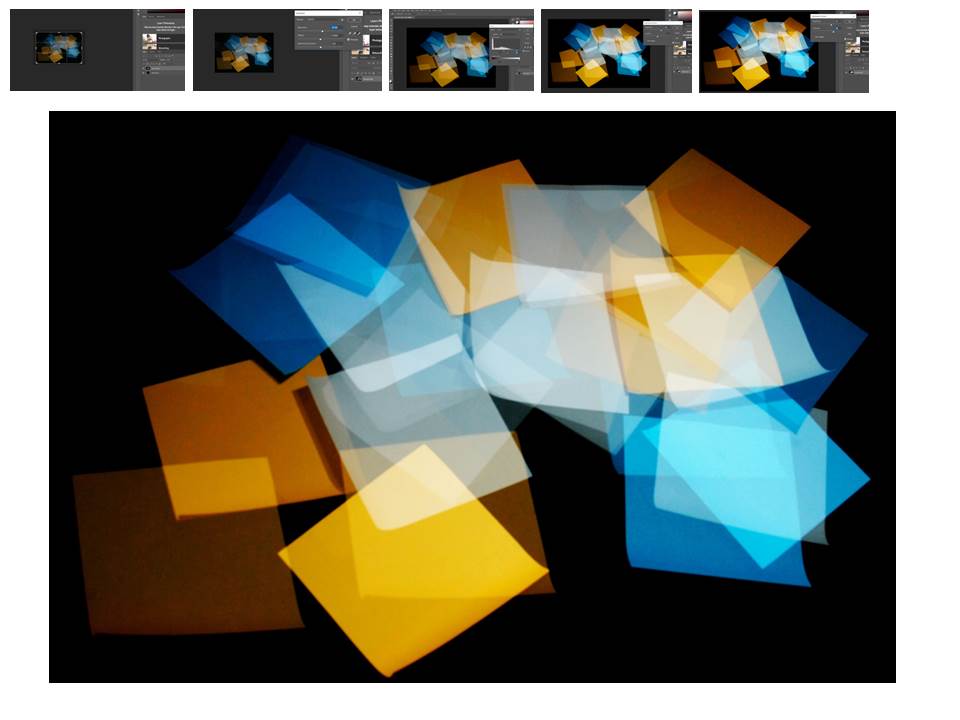
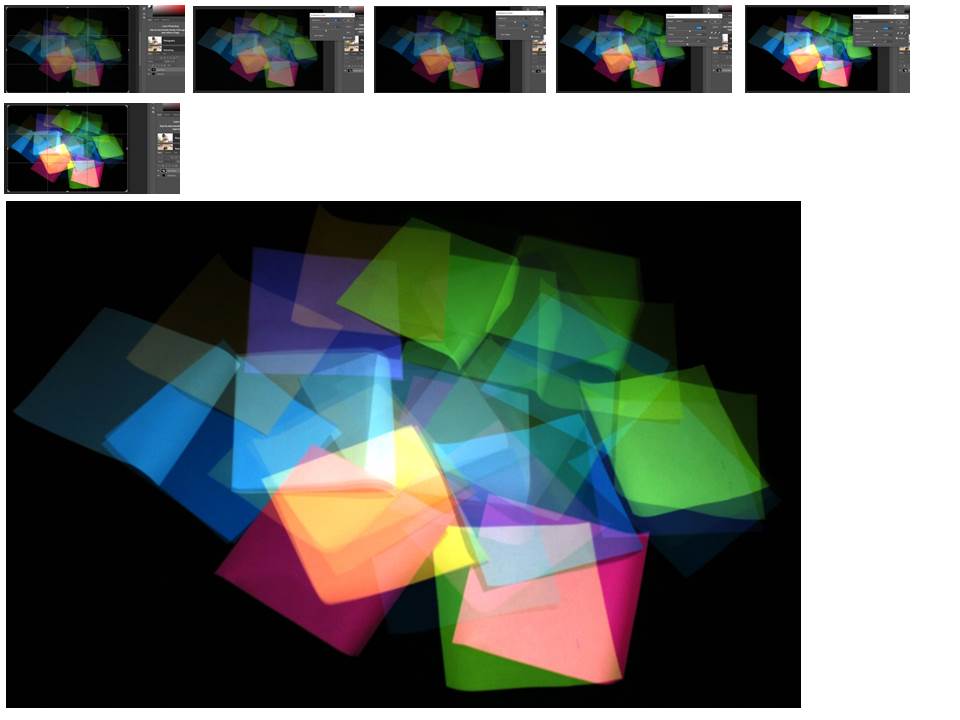
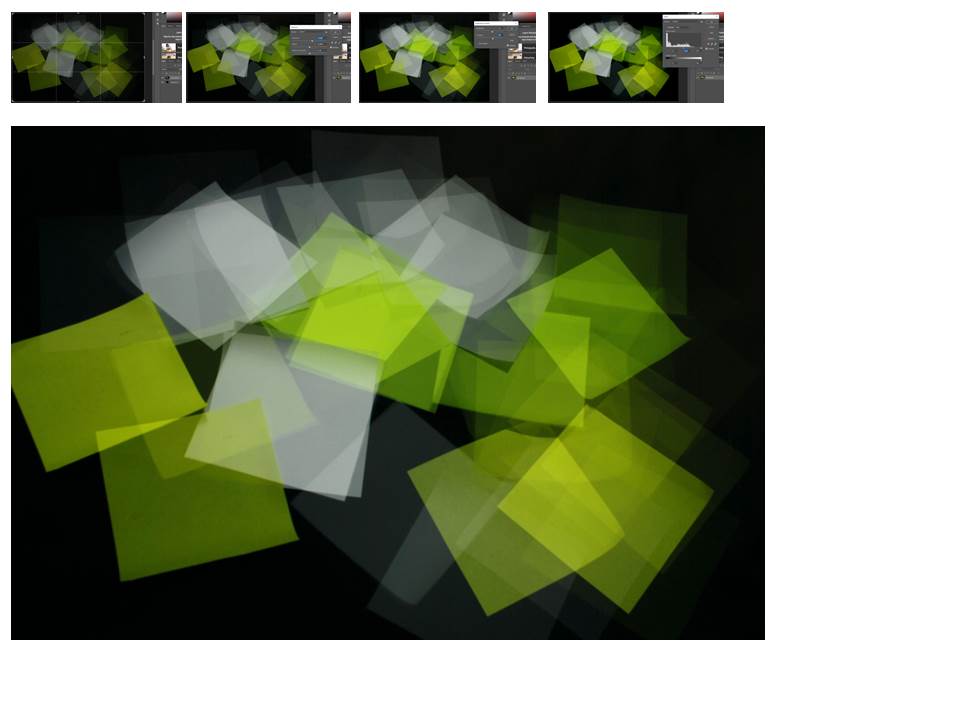
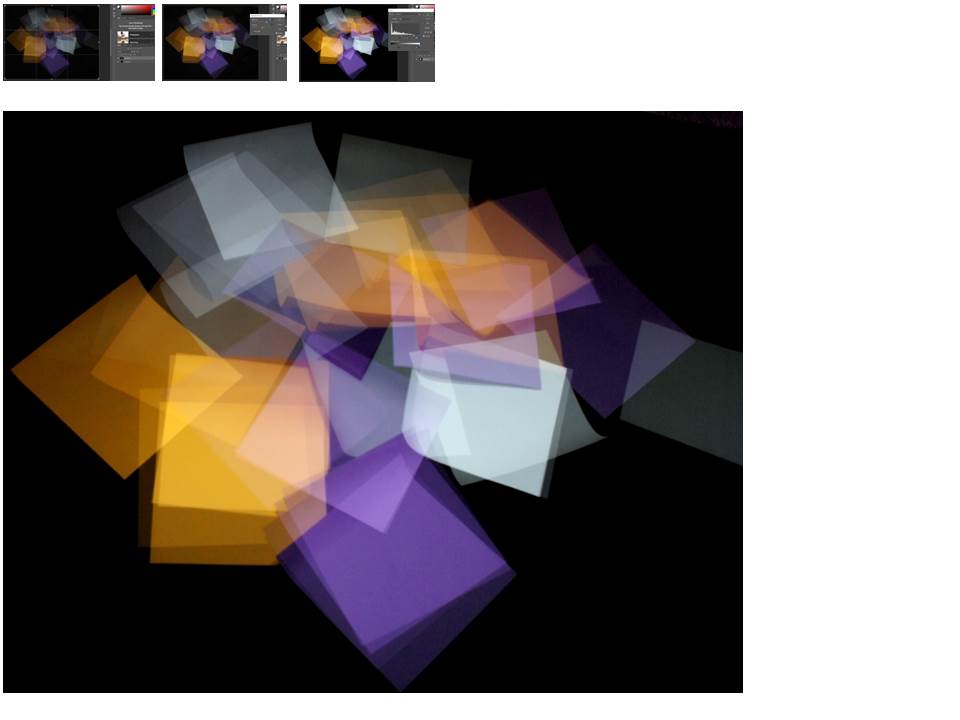

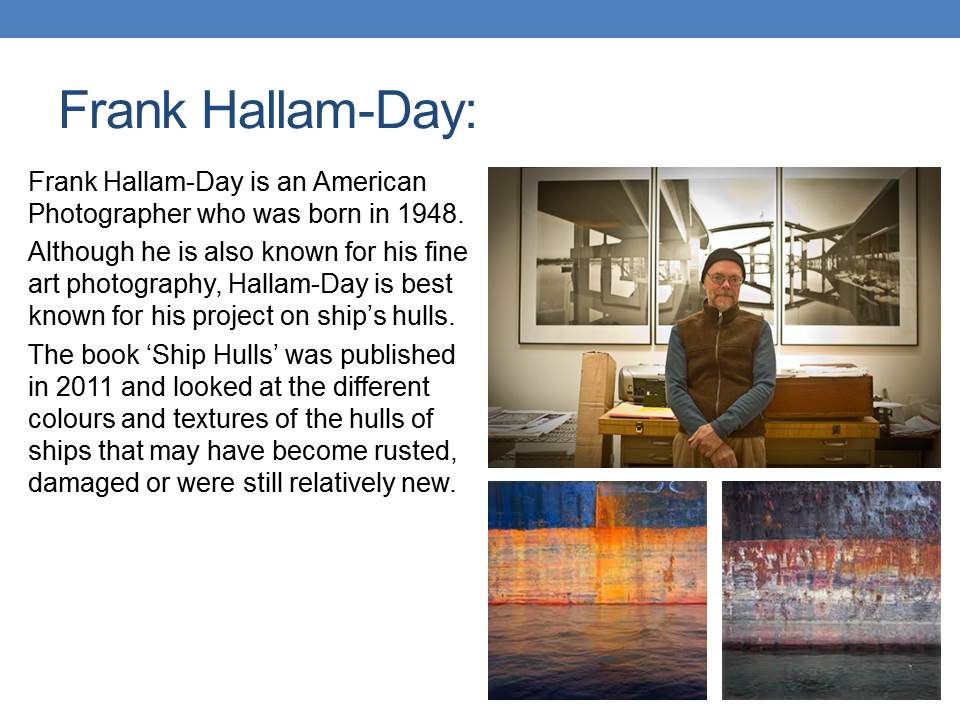
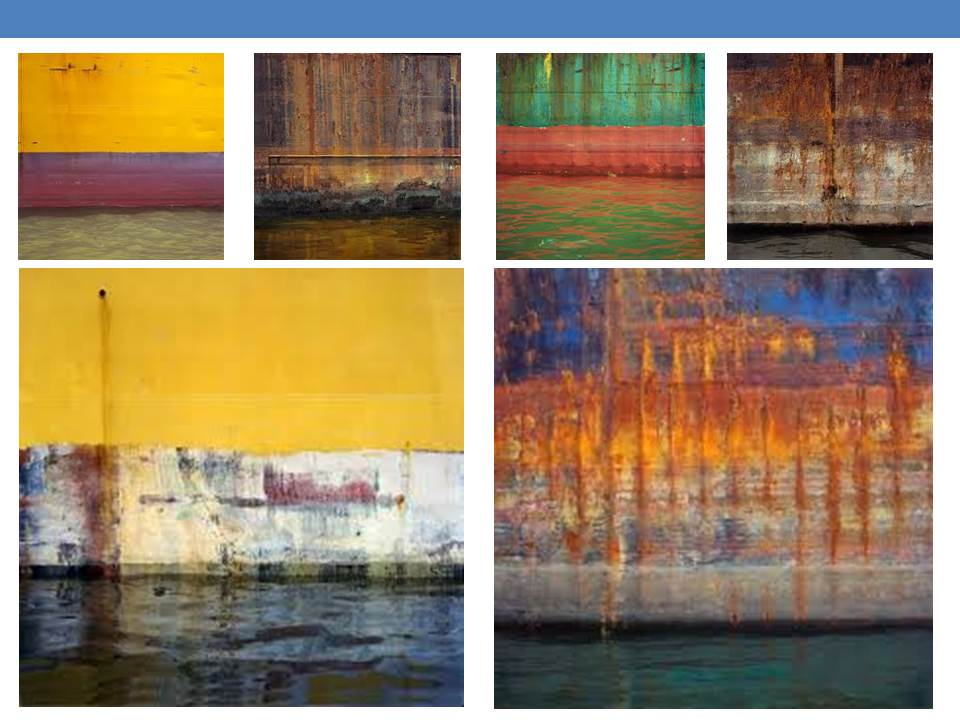
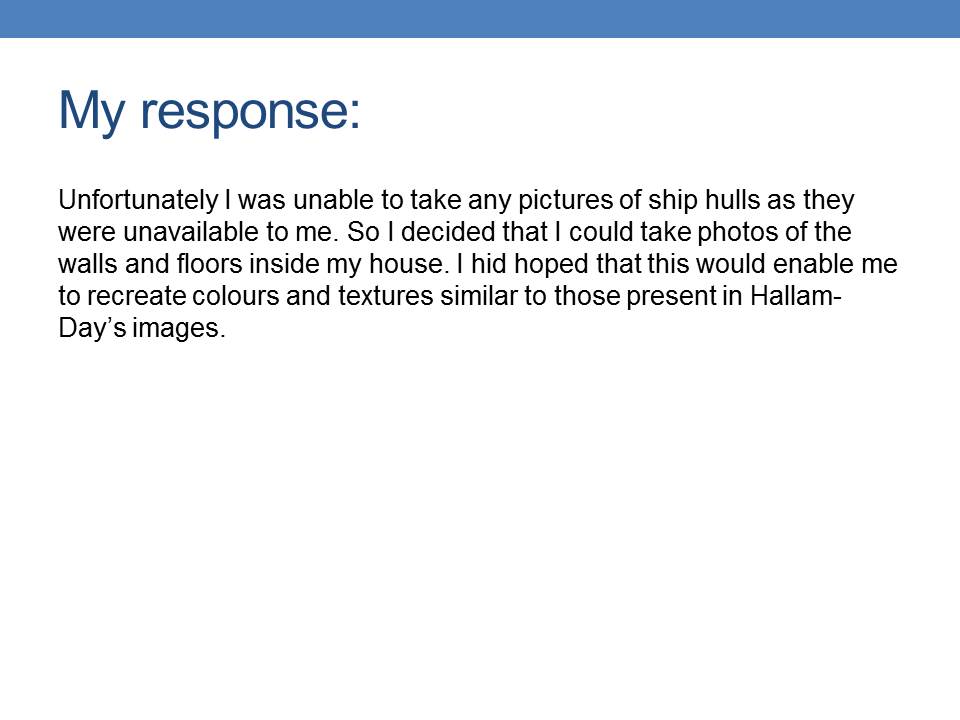

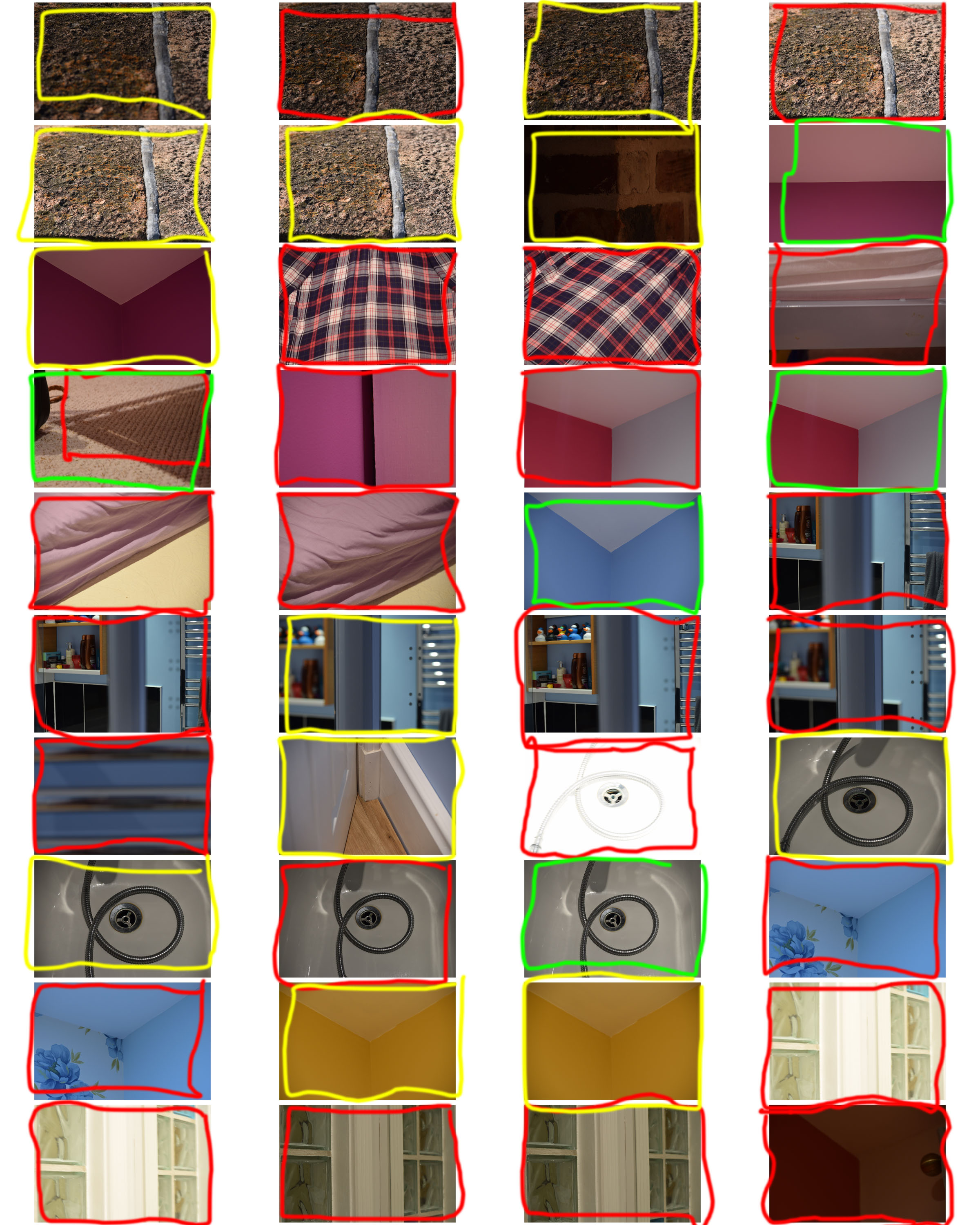
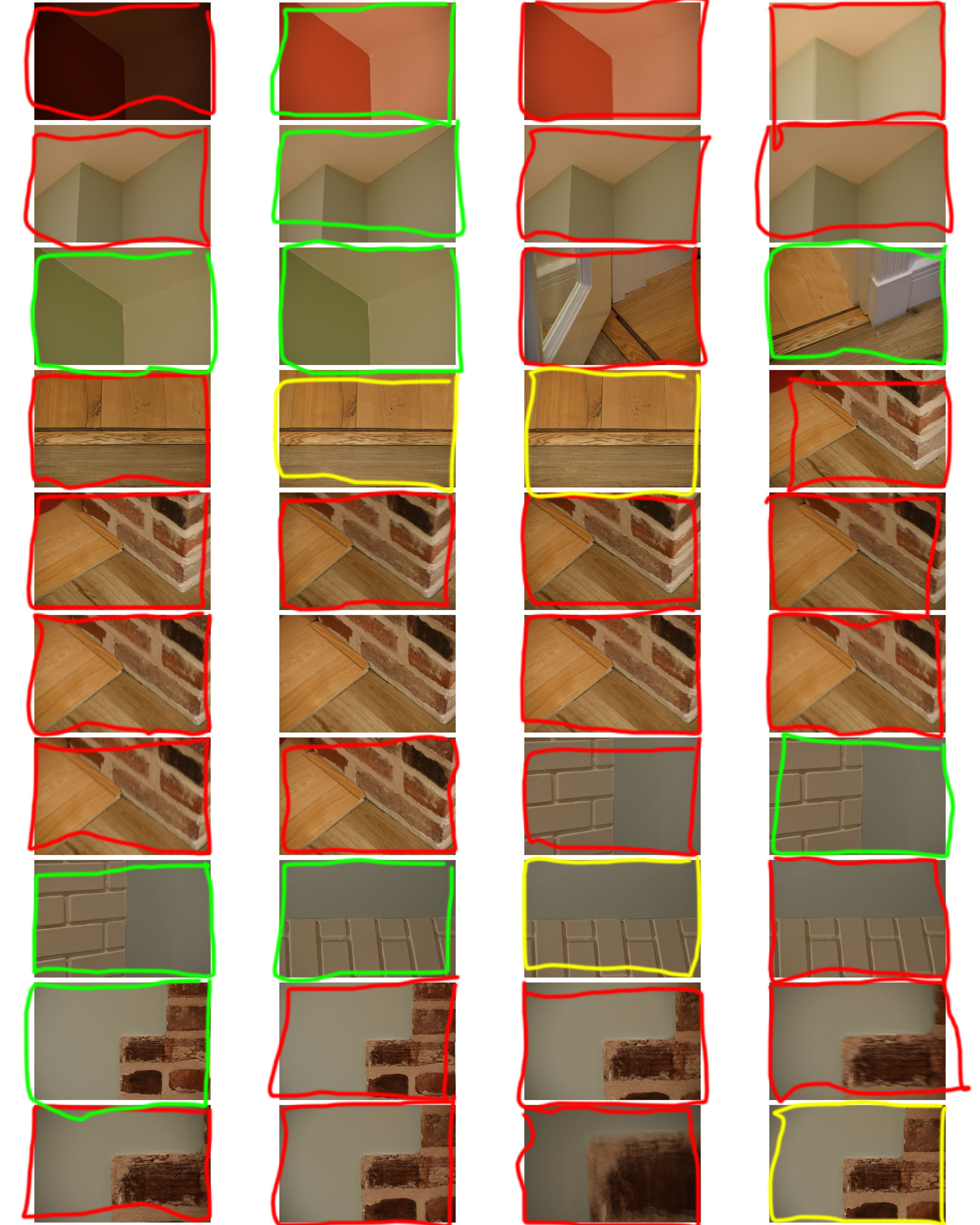
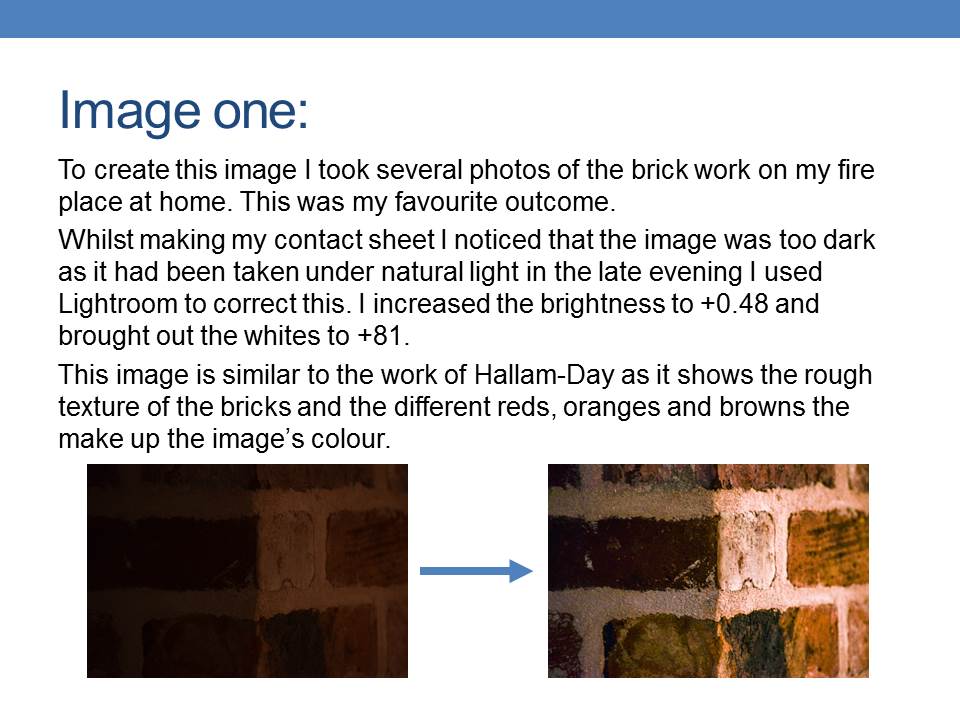
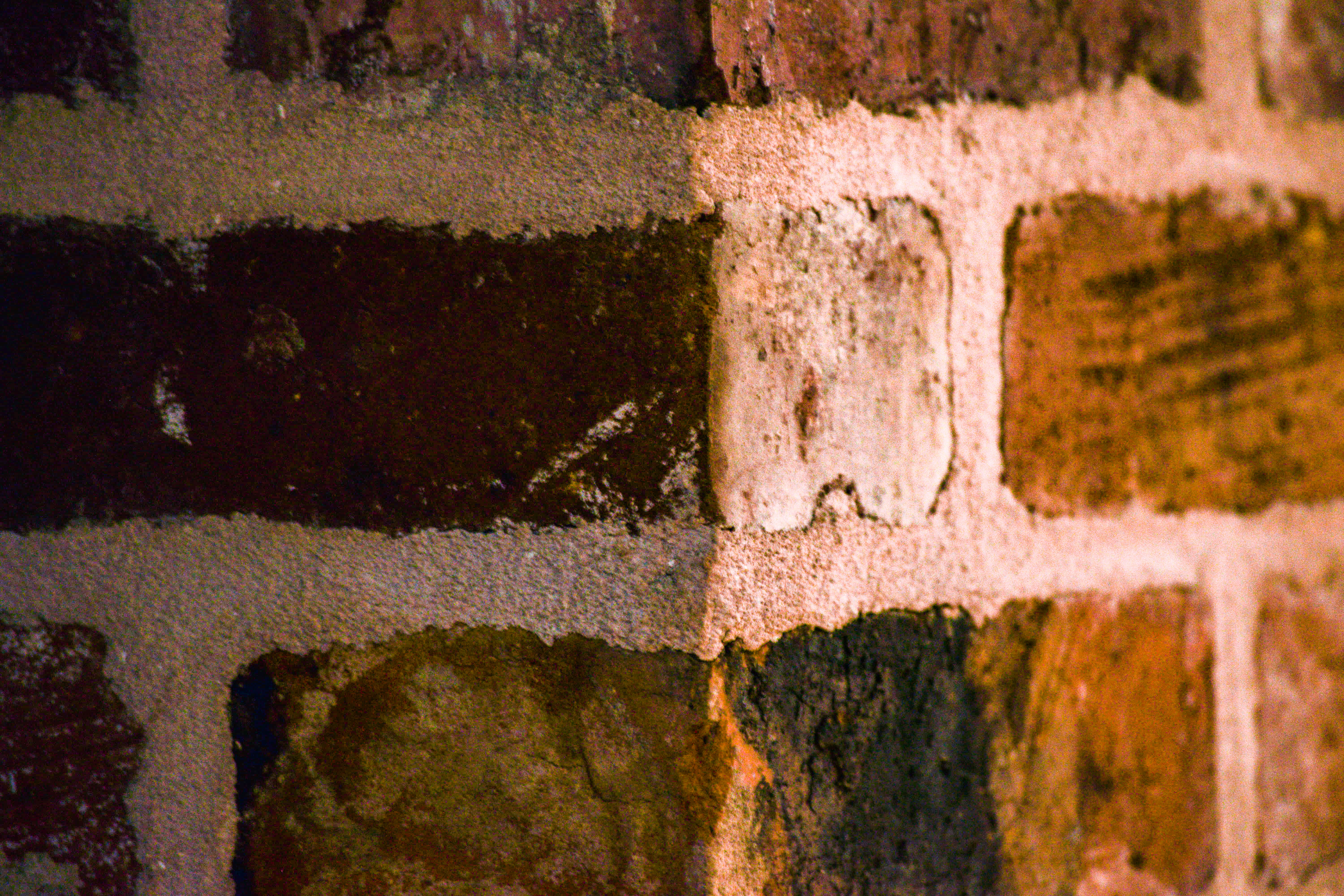
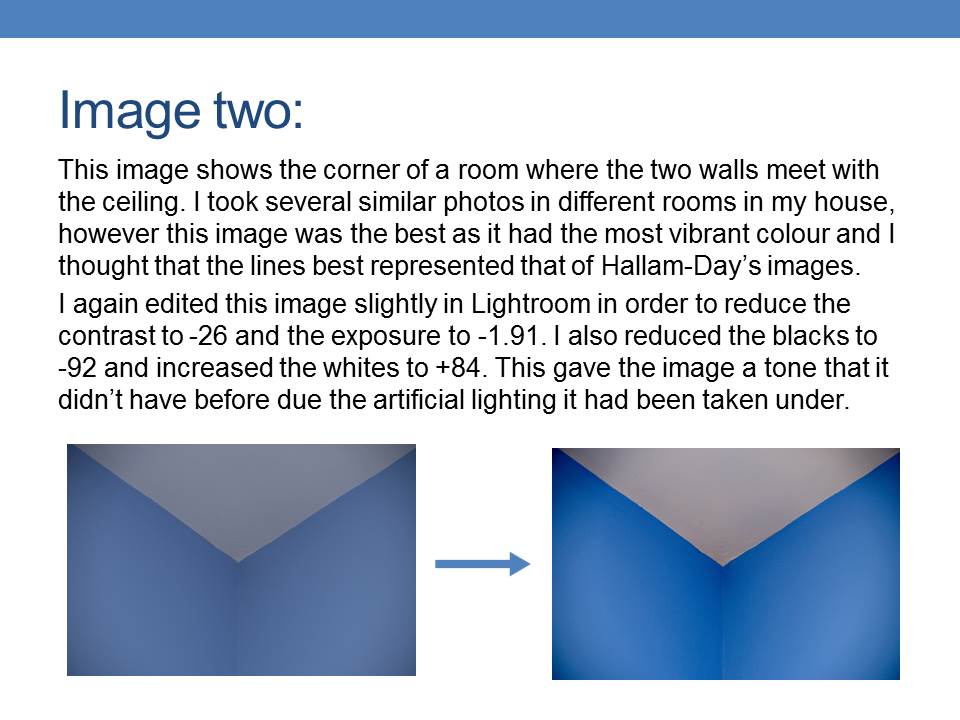

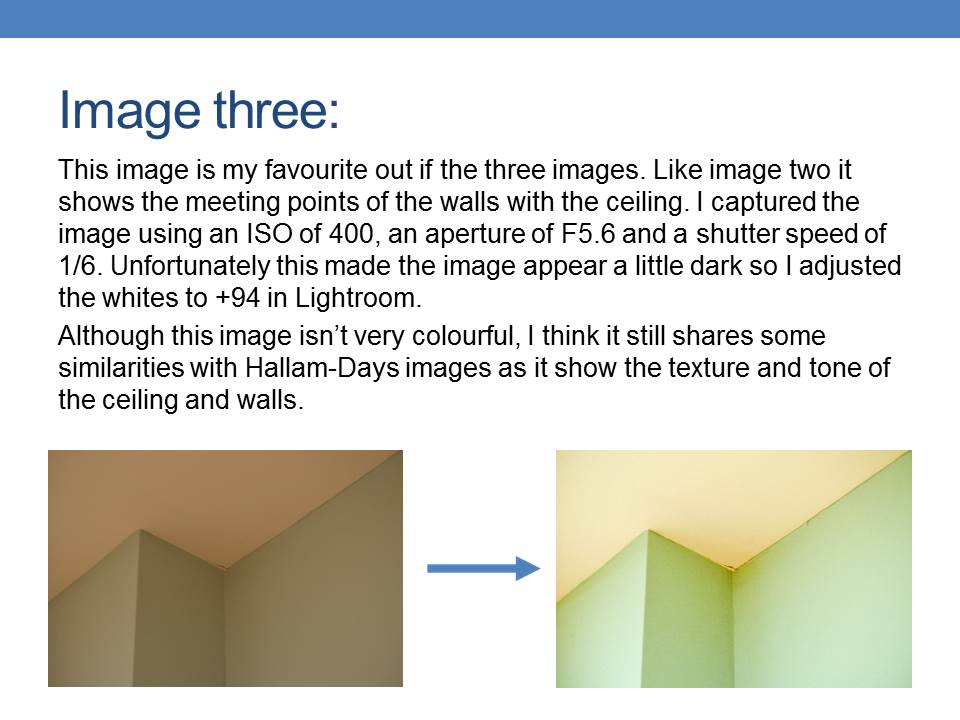
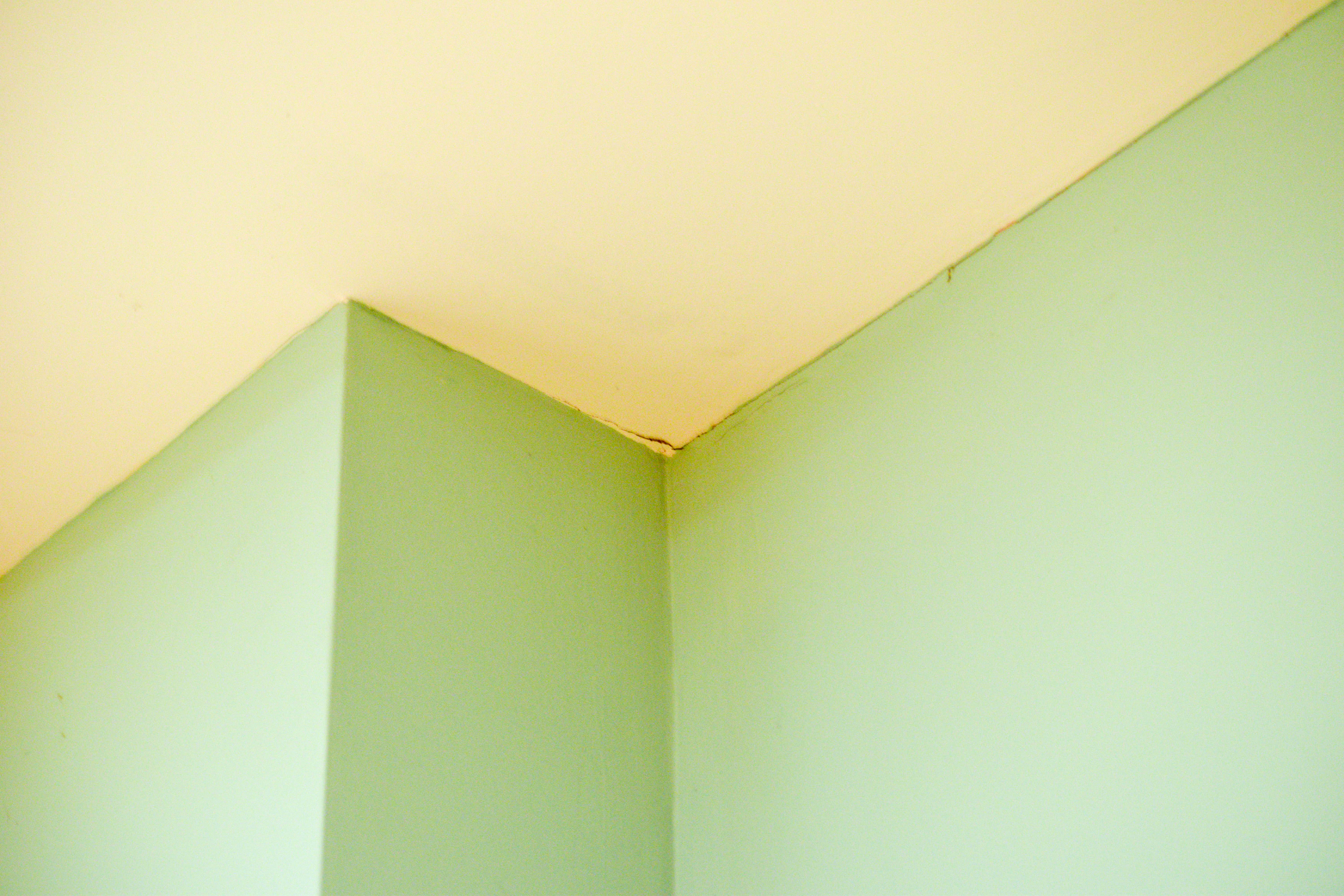
After compiling all of the images I took for the abstract project together, I nailed down my selection to 5 images., the following images are these choices: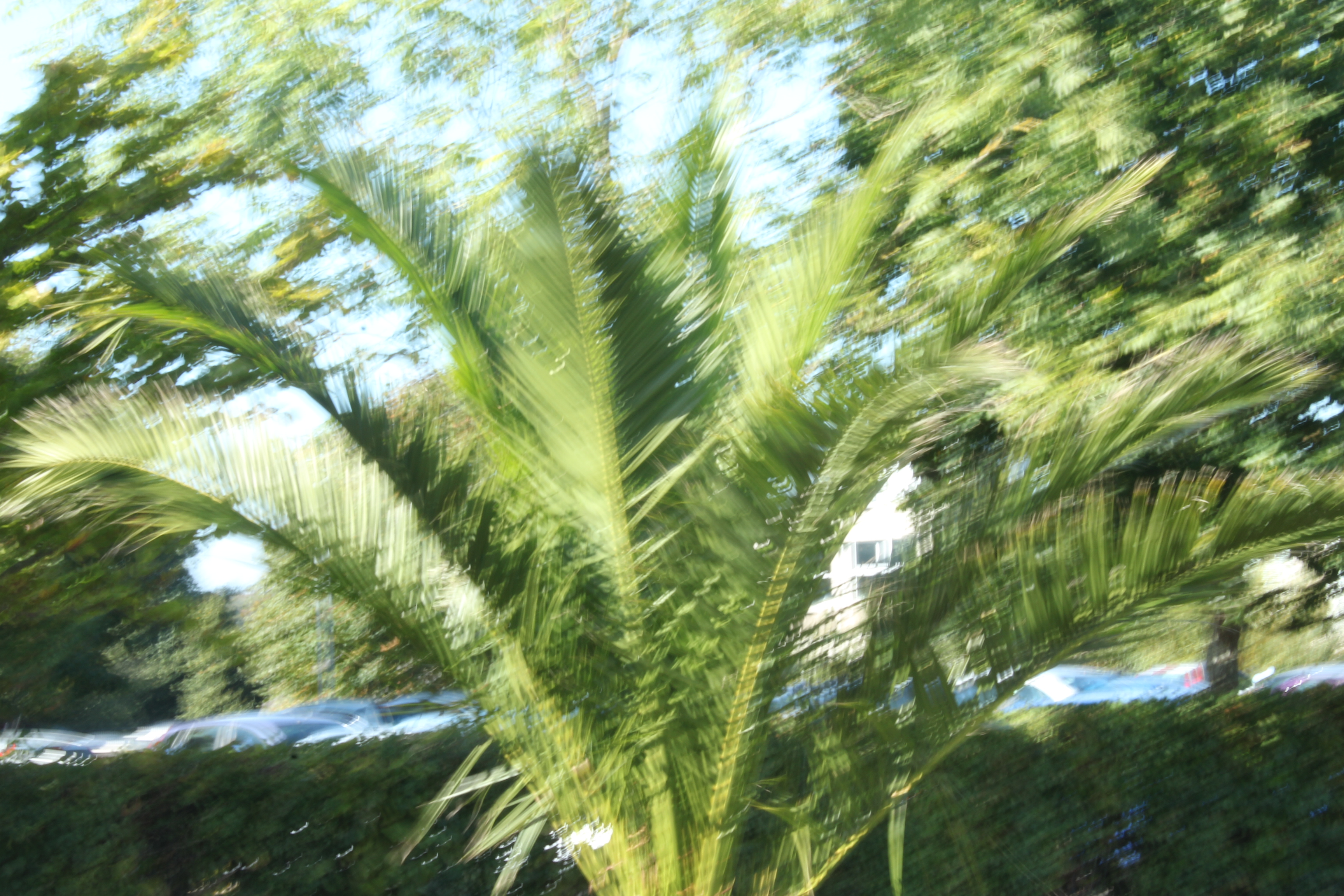
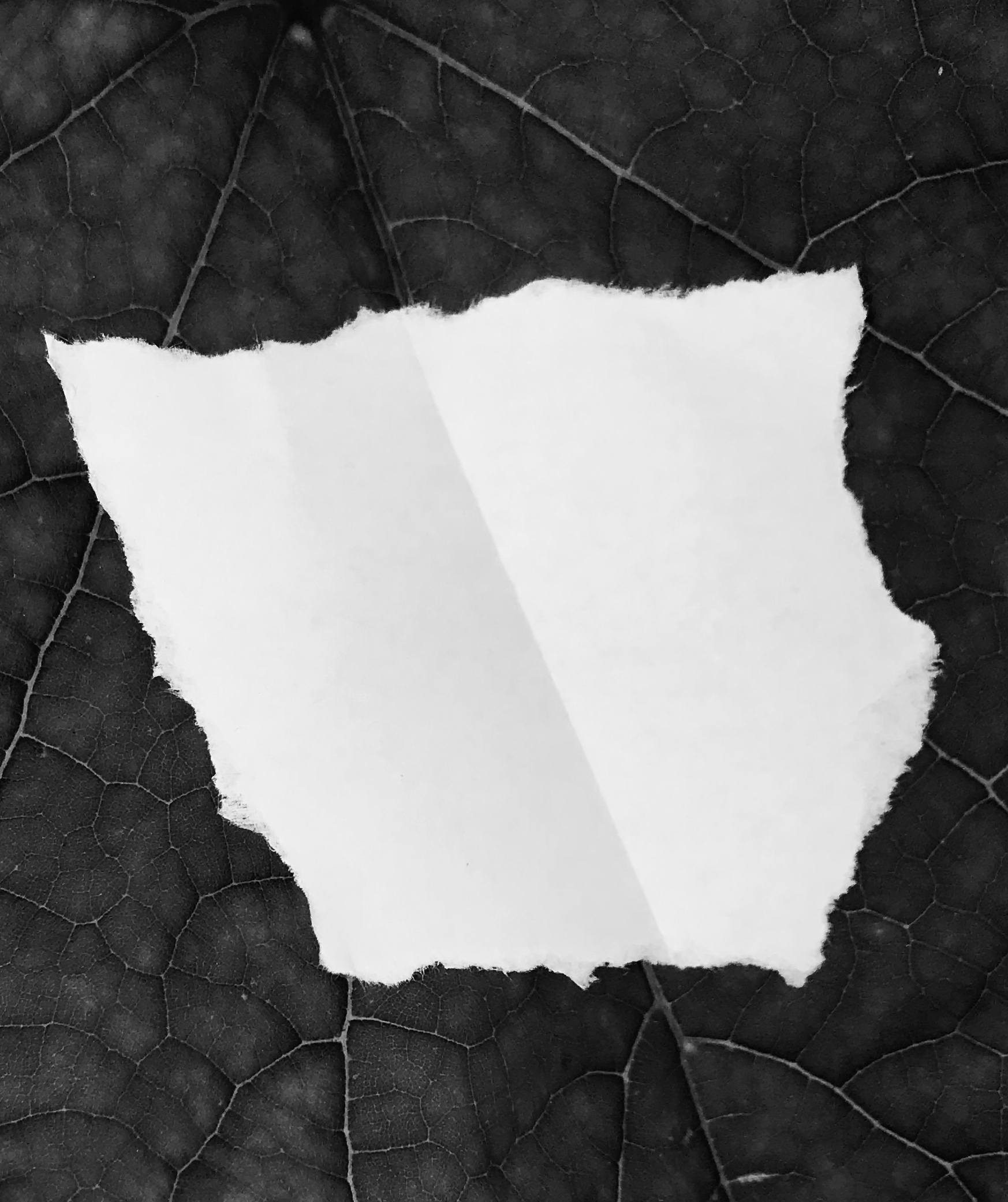


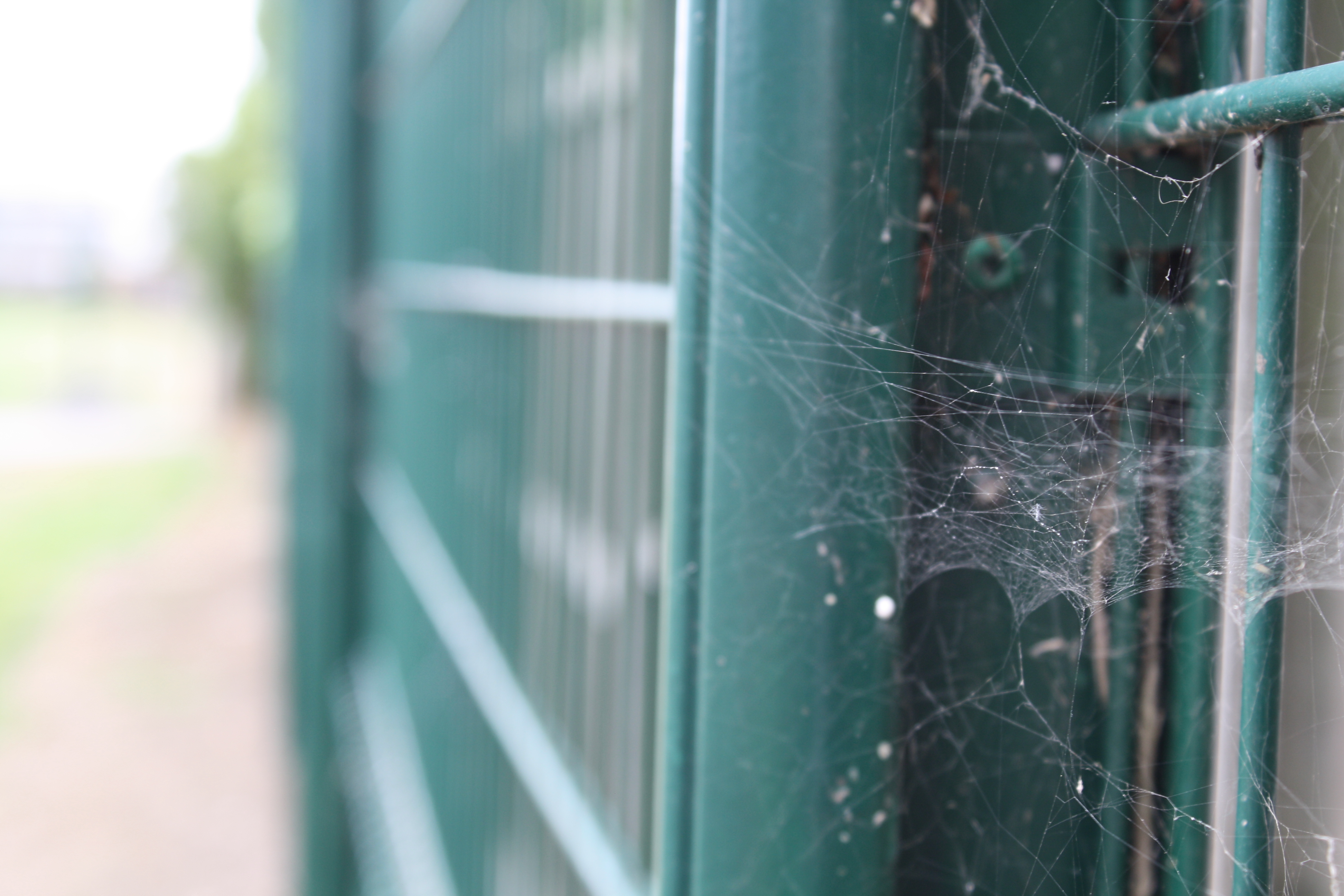
These images were the bare, unedited images that I took only using camera settings (except the second image across was edited black and white and was taken using a mobile phone), I then used Photoshop to refine the images and make them more eye catching. During the editing process, I decided on my final 3 images according to what best fit the project, and depending on what influence I took from artists in order to develop them. The following 3 images are the edited final 3:
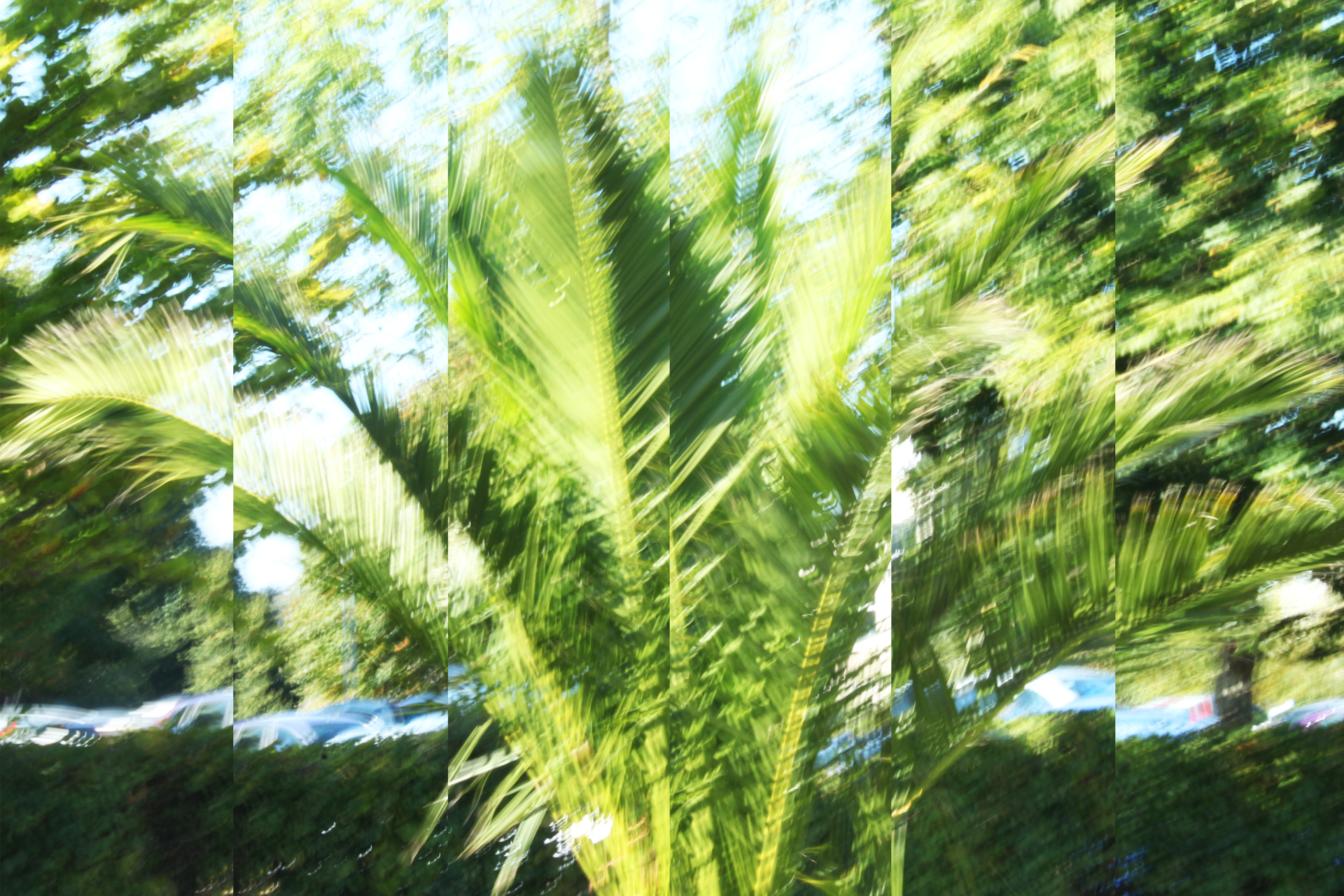
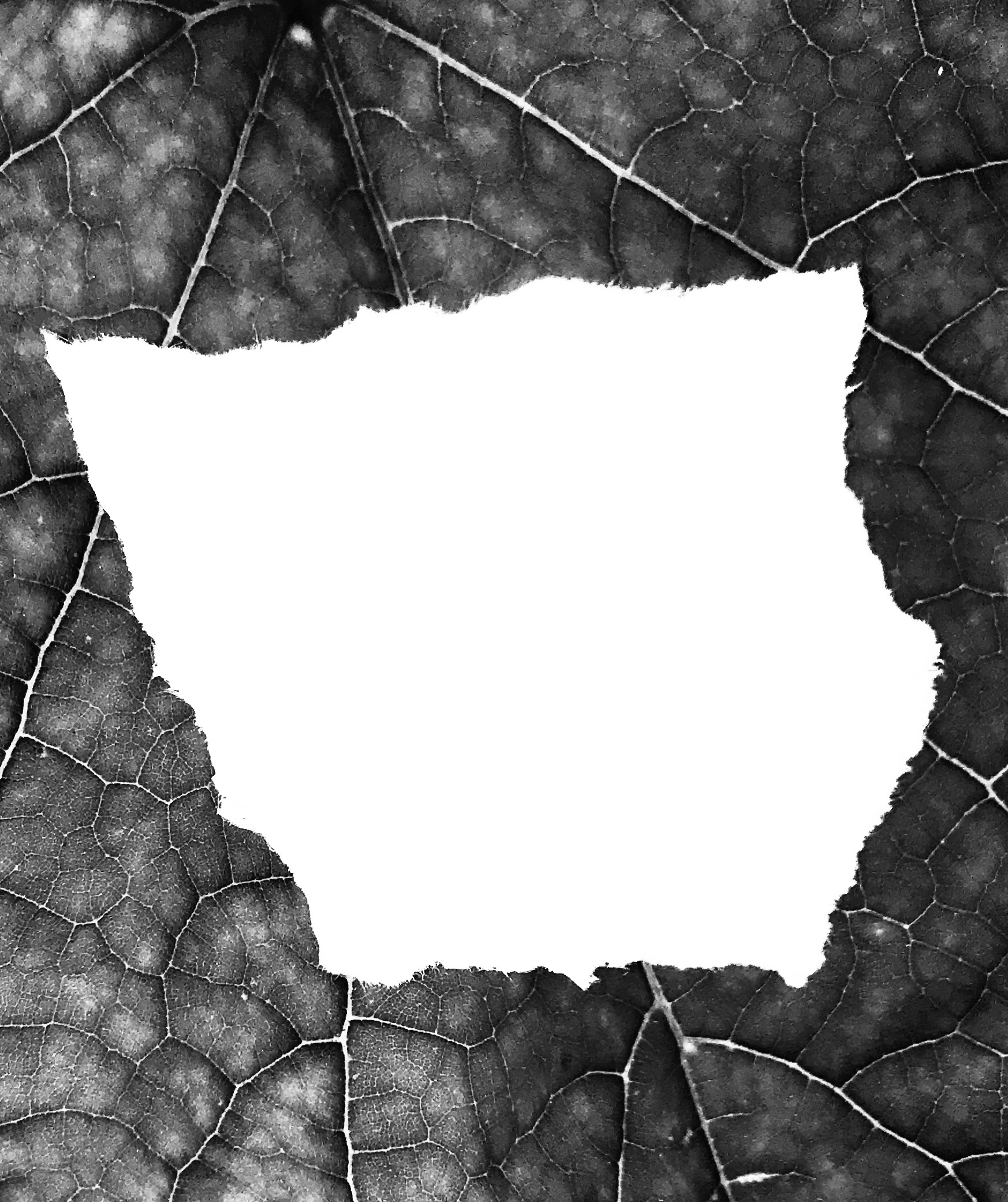
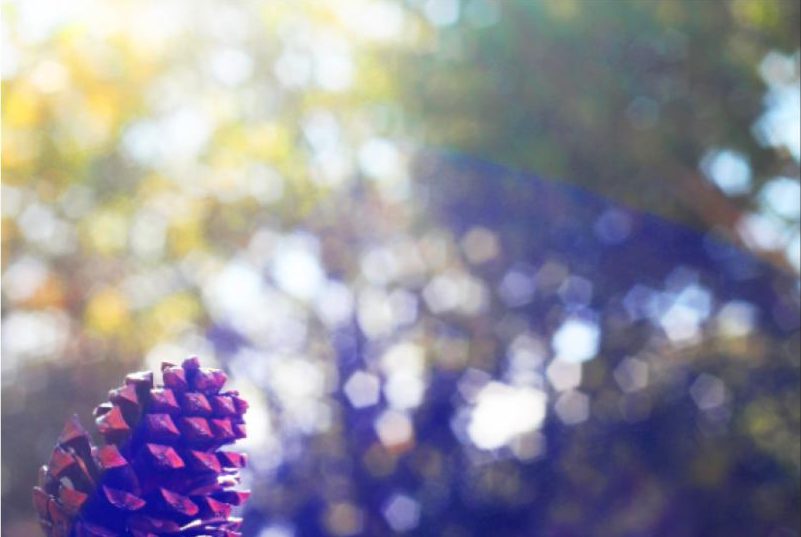
For the below image, I made use of a slow shutter-speed, and captured a tree that was moving with the wind. I found that using a slow shutter-speed distorted the subject, and made the photograph more abstract. After taking the image, I used Photoshop to edit the image. In order to make the image even more abstract, I split the image into 6 parts and expanded and adjusted each image, so that the 6 separate parts of the image added together to make the full image. This gave the image an even more distorted feel, and added to the abstraction of the overall image. I then slightly adjusted the saturation to make the image brighter and stand out more. In terms of inspiration, I took influence from the artists Uta Barth and Albert Renger-Patzsch. Most specifically, I took advantage of the high ISO that Barth uses to create very bright, vibrant images that reply heavily on lighter colours to bring her work to life. I raised the ISO setting of my camera to take this image, and in doing so, the image was naturally brighter than it would have been otherwise. I think that taking inspiration from Barth allowed for my image to come across as more abstract, as brightness slightly blurred the boarders of the subjects, making them more difficult to differentiate from the background. In addition, I took inspiration from Renger-Patzsch by using a natural subject, and taking my image in a slightly more scientific and objective way. Renger-Patzsch often made use of plant life in his work, and I took my photograph in the same style as Albert, looking straight on as if the camera was an eye> the abstraction came as a result of the ISO settings and the shutter-speed, but the initial image itself was taken with inspiration from Renger-Patzsch. This image will be my A3 image, as I believe that the image provides a lot for the viewer to see, and the splitting of the image into 6 sections will be more prominent if the image is printed as large as possible.

For my second image, I took made use of the manual zoom and focus of my camera, and captured a detailed image of a piece of ripped paper on a leaf. This image was originally taken for my Paper Project, and takes a small amount of inspiration from the photographer Aaron Siskind. Siskind often took close up images of subjects, and presented them in a more factual, objective and flat way. For this image, I am making use of a lack of context in order to present the image as being more abstract, and the high zoom used to take this image helps to cut out the context. I also edited the image in Photoshop to make it grey-scale, as this takes inspiration from Siskinds dark tones work, but also helps to emphasize the details within the leaf. I also believe that the contrasting colours of the leaf and the paper help to make the image more eye-catching as a whole. I will be using this image as my A5 image, as I feel that this will help to emphasize that although the image is detailed, the original subjects are naturally small, and I believe that this will create an effective juxtaposition, between the subject and the detail in the image.

For my final image, I made use of the manual focus of the camera. for this photograph, I focused on the subject (the pine cone) while using a narrow depth of field to throw the background out of focus. I feel that this is an effective technique, as it allows for the viewer to focus on the subject completely, while questioning the context of the image due to most of the photograph being out of focus. I used Photoshop to edit the saturation of this image, and raised the contrast in order to make the colours of the image more vibrant, thus the image can draw more attention. I will be using this image as my A4 image, as I feel that the image will be more effective if it is large enough to make out the main focus point (which is small compared to the rest of the image), yet the image may become too boring and uninteresting if it is printed an larger. For this image, I took inspiration from Uta Barth again, as for some of her work she focuses on a small subject, and uses a narrow depth of field in order to throw the background almost completely out of focus. I was influenced by this technique, as I found it to be effective and eye-catching.

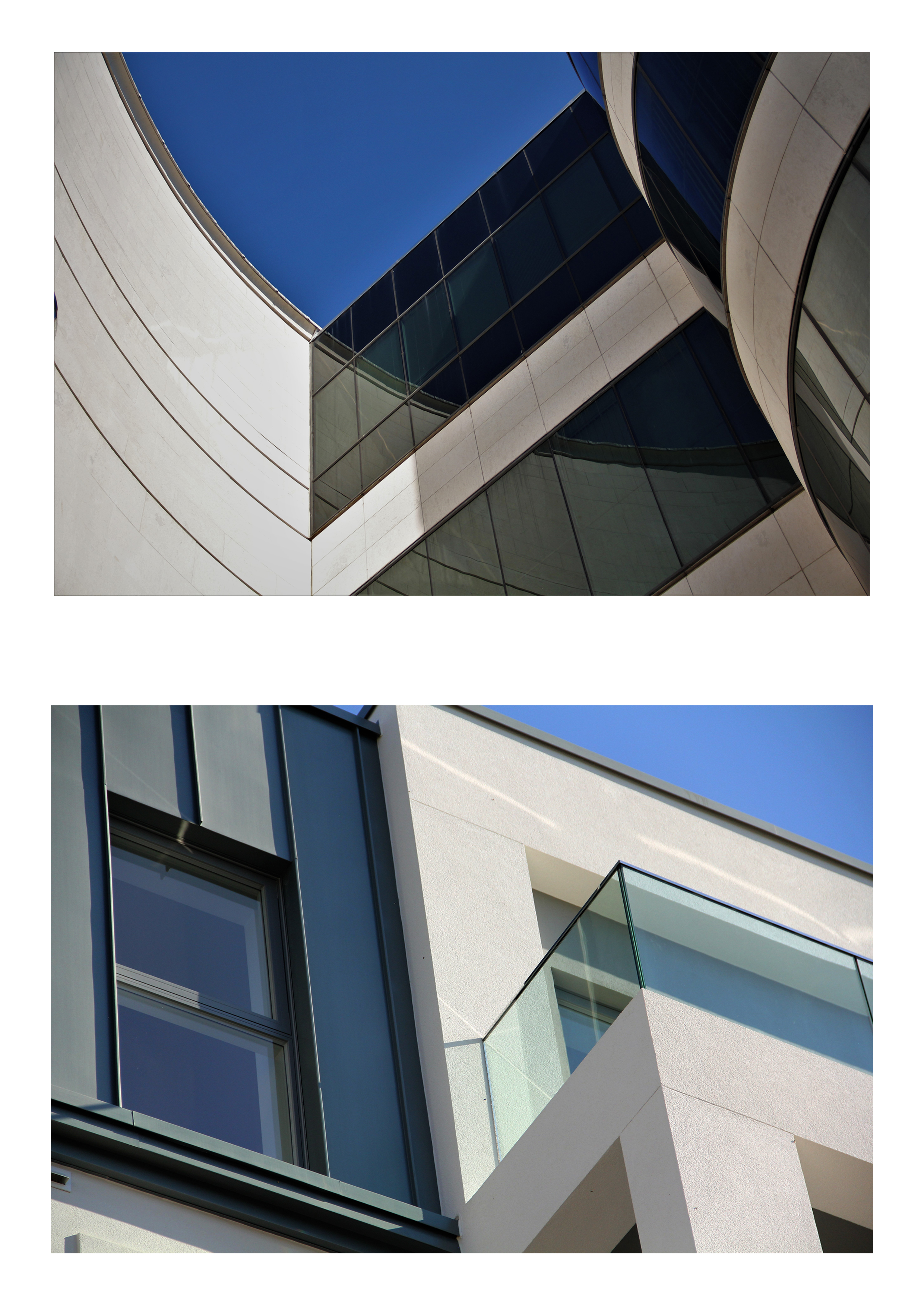
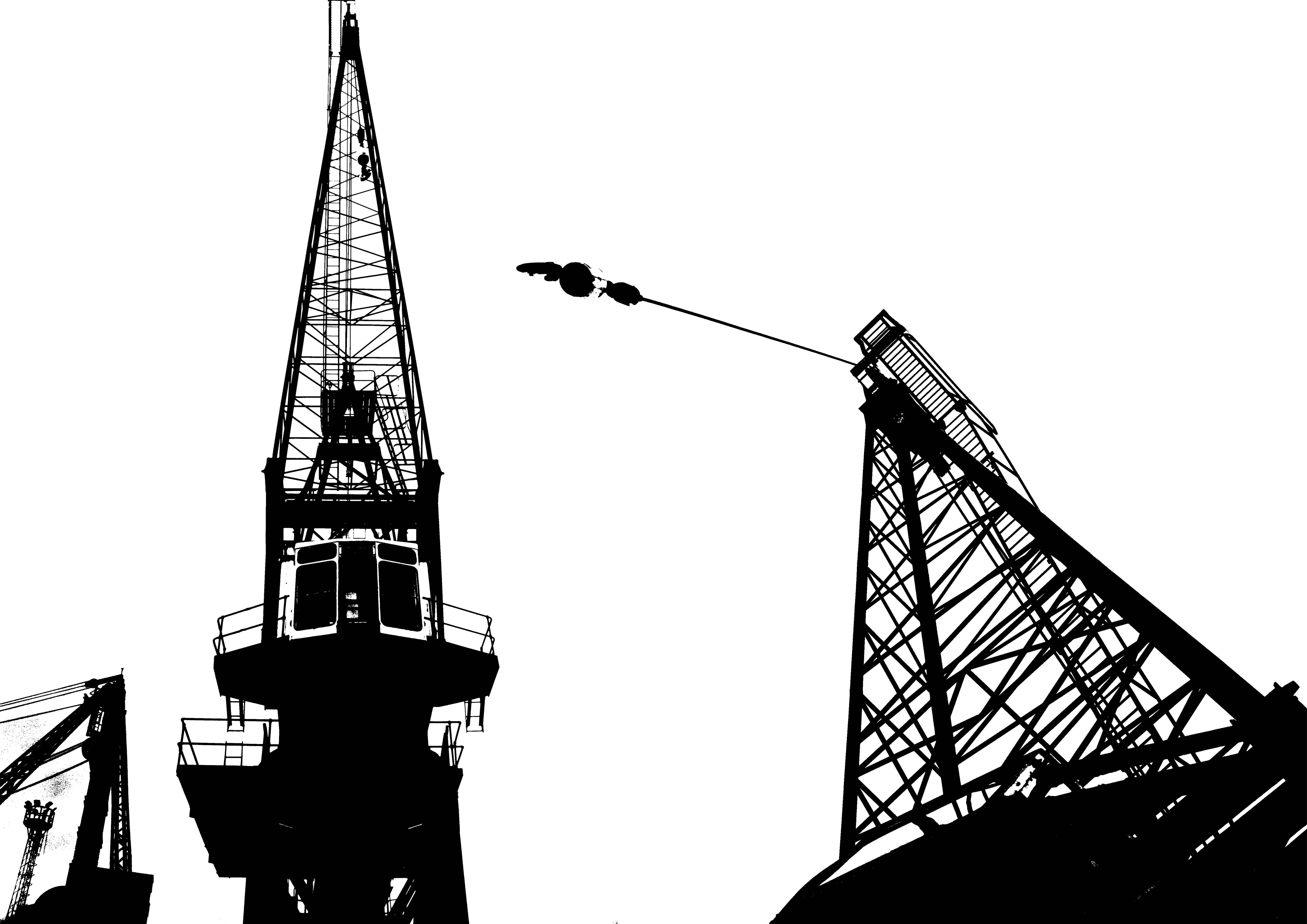
A3 Print Ideas
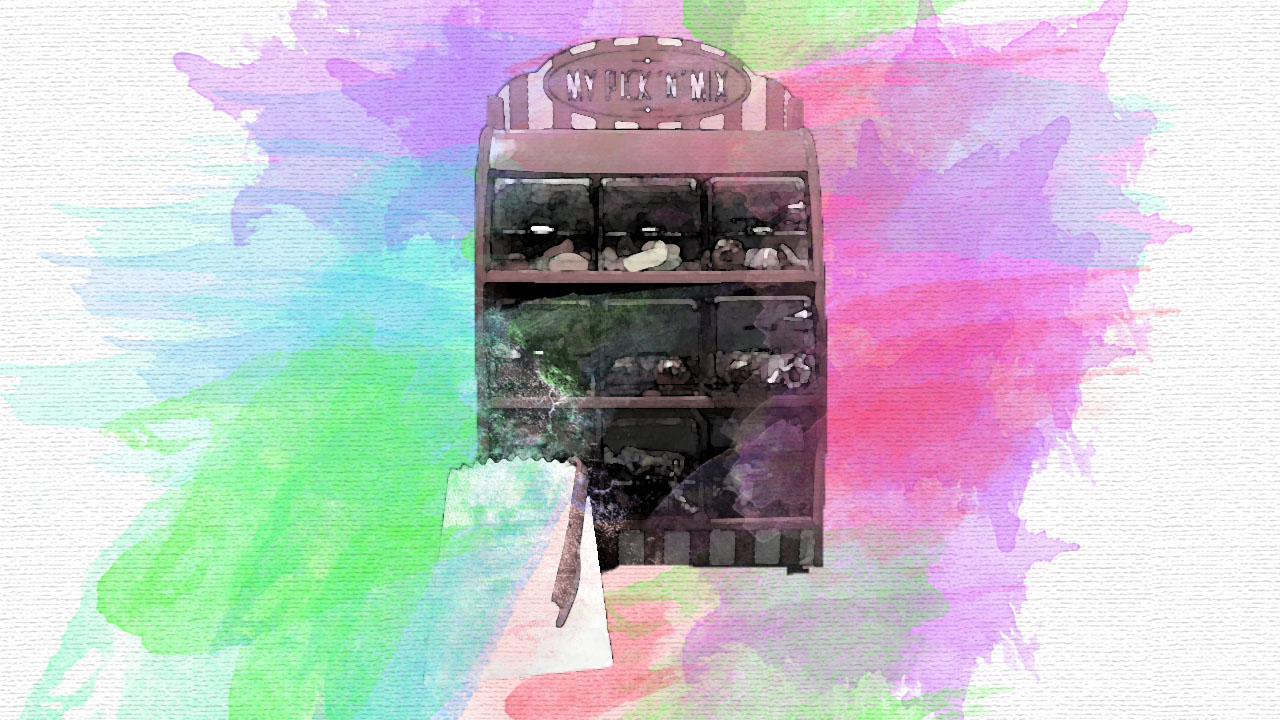
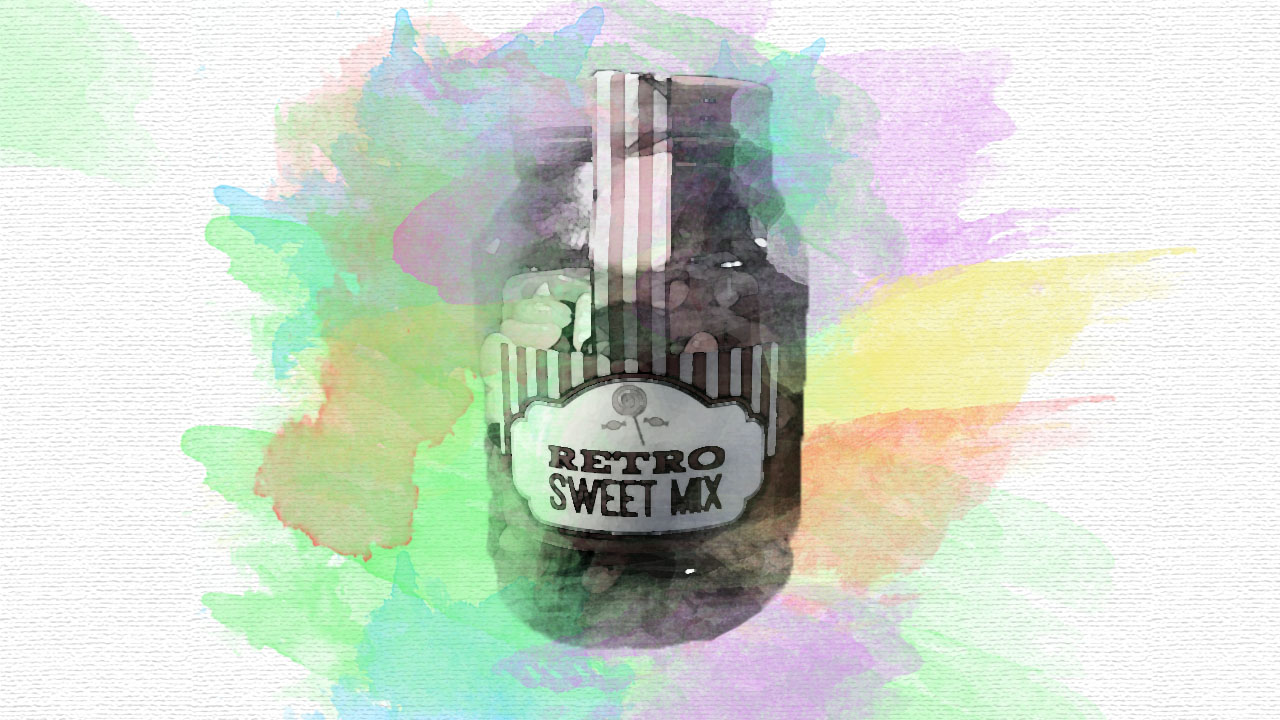
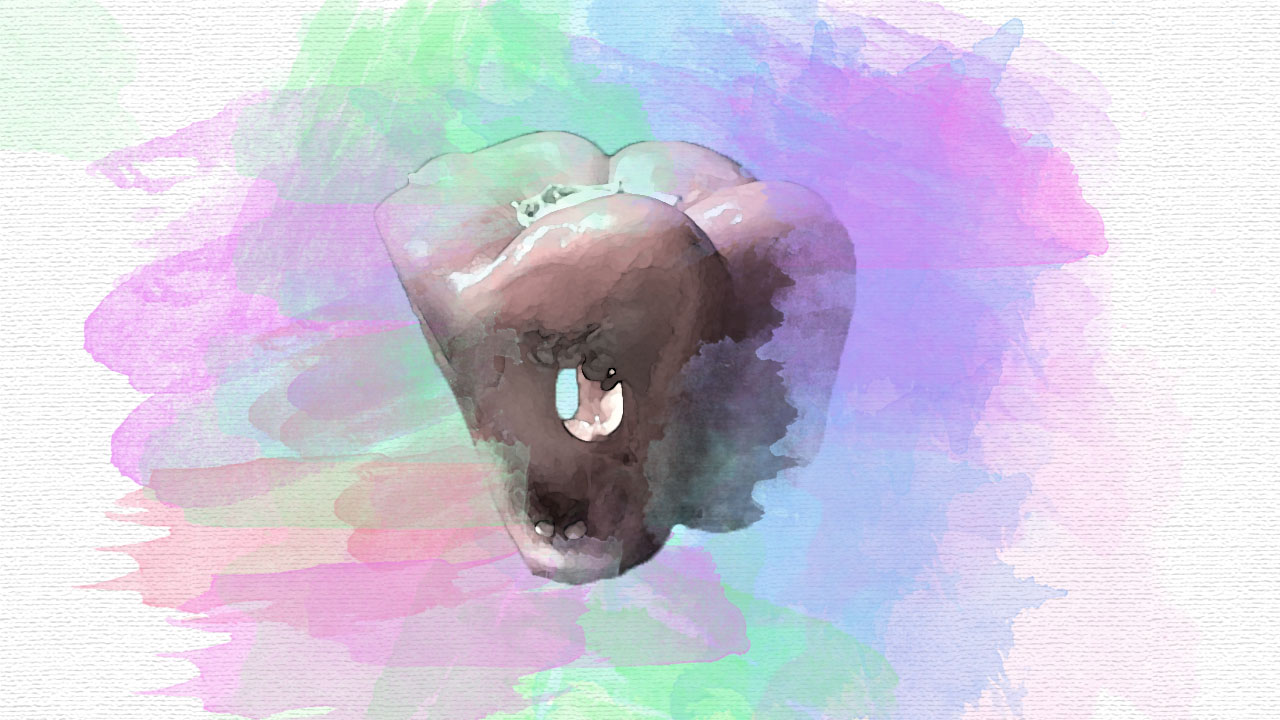
This was my initial idea for an A3 print. I would display these three horizontal images one underneath another, allowing the three basic subjects to be shown with pastel colors bursting out of them. Although I like the way this print would look I feel that it will not clearly show the theme of abstract photography, moreover it does not really show my camera skills and what I am capable of. Therefore, I am not going to follow through with this final outcome.

For my next final outcome idea, for A3 print, I wanted to still display three photographs that can clearly show my camera skills and show the theme of abstract photography. I choose photographs which have been similarly edited, but still juxtaposed one another. I really like the space between each image, making the images ‘breath’. I think with this piece I may put it in a frame, allowing the three images to stand out. I feel like this is the A3 final print that I will be putting forward.
A4 Print Ideas
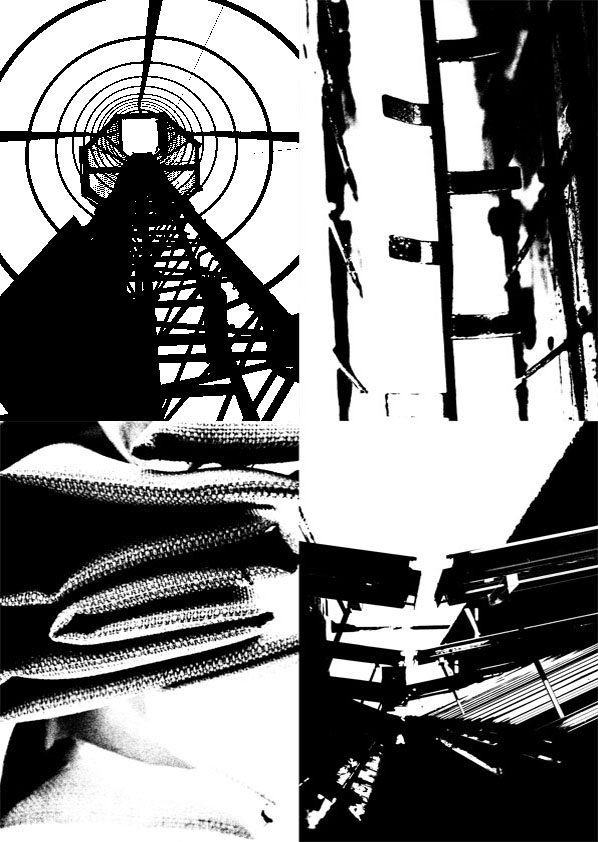
This A4 print is showcasing four images which are all in the style of Keld Helmer-Peterson, who I previously conducted research about. I want to raise two of these images using foam board, adding an element of 3D. I feel that I will raise the top two images, which will allow them to stand out more, showcasing my best bit of work.
A5 Print Ideas
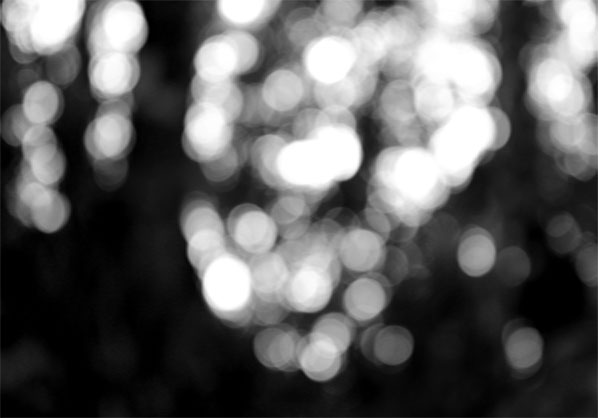
My first idea for an A5 print is to showcase this out of focused image. This image was taken from a previous photo shoot and research I had conducted. It looked at a photographer who purposefully made his images out of focus. I believe that this is the top image from the photo shoot as I like the contrast in tones and how the light is trying to seep in. I think that this photograph will be strong enough to be a print by itself and is most suitable for an A5 print.
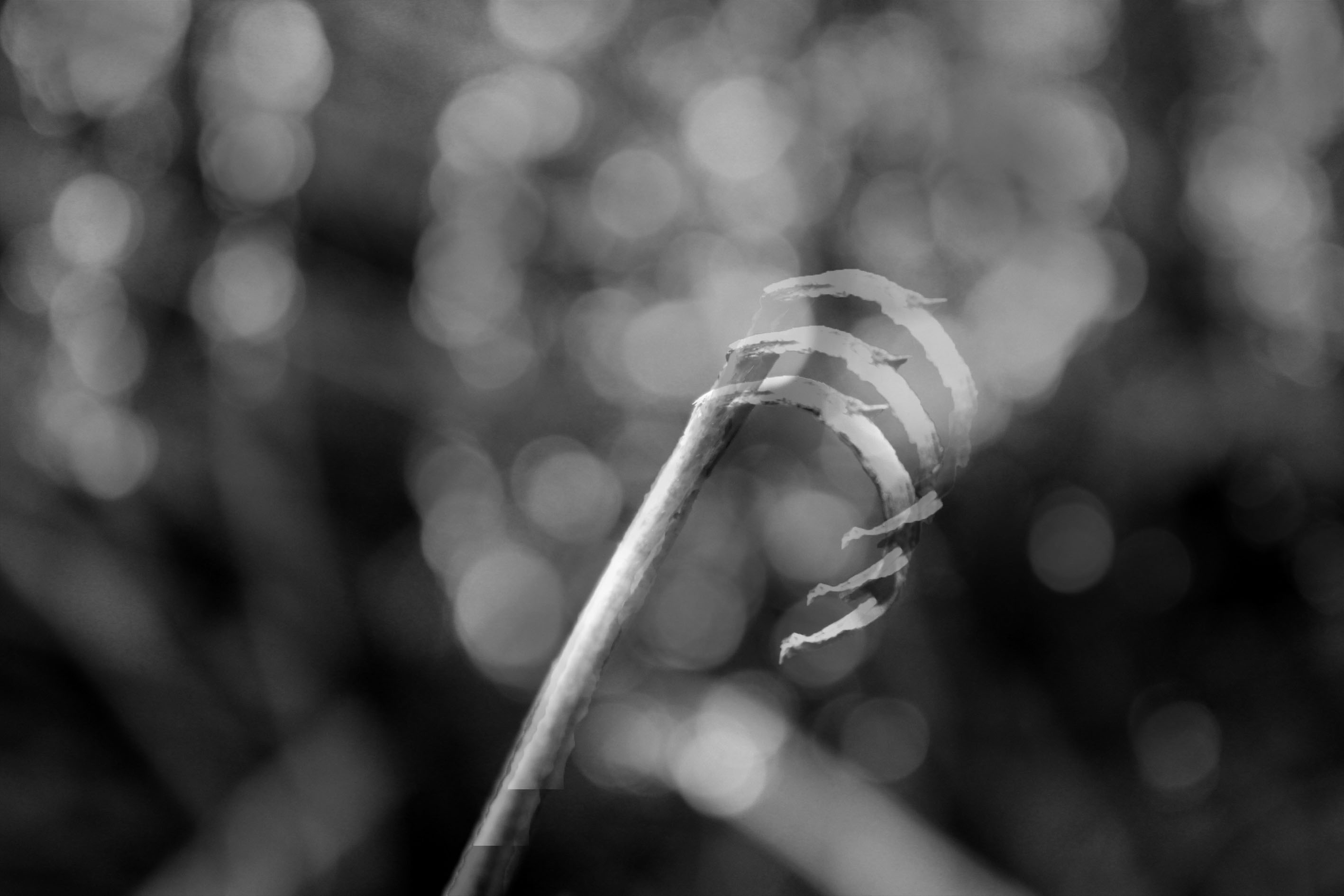
My next idea for the A5 print is to showcase the same image but in a double exposure. I took another image from my Zen Twigs photo shoot and placed it on top creating this double exposure. As much as I like the outcome I do not believe the photograph is as strong as the original image on its own.
Final Outcomes
I have taken into consideration all the pros and cons of each print and what I think would suit the topic best. These three prints clearly show the camera skills which I have developed, my Photoshop ability and the overall theme of abstract photography.



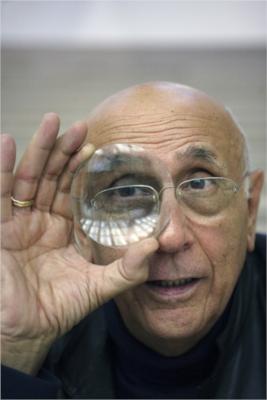
Franco Fontana is an Italian photographer born in Modena, on December, 9th, 1933. He is best known for his abstract colour landscapes. Fontana’s photos have been used as album cover art for records produced by the ECM jazz label. He is known as the inventor of the photographic line referred to as concept of line. He has published over seventy books with Italian, French, German, Swiss, Spanish, American and Japanese publishers. His photographs have appeared worldwide in over 400 exhibitions, solo and collective.
Fontana’s work is more minimalist and simple. Fontana is above all interested in the interplay of colours and he had based his own vibrant and original language on that. The later critics had labeled it as ‘Photographic Trans-avantgarde’. He explored different subjects: urban landscape, portraiture, fashion, still-life and the nude. He worked with 35 mm cameras, mostly on location claiming that his studio was the ‘world’.
I really enjoy Fontana’s work as I like simple and minimalist photography as well. I will try and work with his style of photography and incorporate it into my project.
Nick Albertson (b. 1983, Boston, Massachusetts) received his MFA in Photography at Columbia College Chicago. He received his BA in Photography from Bard College in 2006. His work has been exhibited in Chicago, Portland, Seattle, San Francisco and New York as well as internationally at the Pingyao International Photo Festival.
Nick Albertson describes his process of work on his website: https://www.nickalbertson.com/home
“My process blends techniques similar to those of painting as well, sometimes altering and emphasizing elements of the image with the use of Photoshop. Though the image always starts with a camera, it is further abstracted to varying degrees in the computer. The act of creating the compositions in the physical world allows the images to feel familiar. The slight variations from object to object suggest the imperfection of the real world as well as that of the artist’s hand.” From https://www.nickalbertson.com/manufactured-gestures
“White Light was created by popping a flash as many times as I could during a single thirty-second exposure, slightly moving Post-it notes in between each flash on a black velvet background in a very dark room. The areas where the Post-its overlap build up luminescence as those areas are subjected to more light reflected back on to the camera’s sensor. ” From https://www.nickalbertson.com/white-light
“Tape Cuts are a series of images in which I cut pieces of colored duct tape and photographed them floating over a white background with hard lighting. They are meant to reference color field painting and hard edge abstraction, but the shadows emphasize the fact that they are photographs of objects in space, not pure abstraction.” From https://www.nickalbertson.com/tape-cuts
“Photo Sprays are a combination of computer-generated gradients printed on Epson Hot Press Bright paper overlaid by airbrush-applied Epson Ultrachrome K3 inks, the same inks used to print the initial inkjet print. While not a photograph, these works are photographic in makeup. The works, made with photographic materials but created with more painterly techniques, seek to complicate the relationship between photography and other media (painting, prints, works on paper).” From https://www.nickalbertson.com/photo-sprays
I really like the way Albertson takes his photos so I also want to incorporate his style into my project as well. I almost want to mix both Fontana’s style and Albertson’s together.




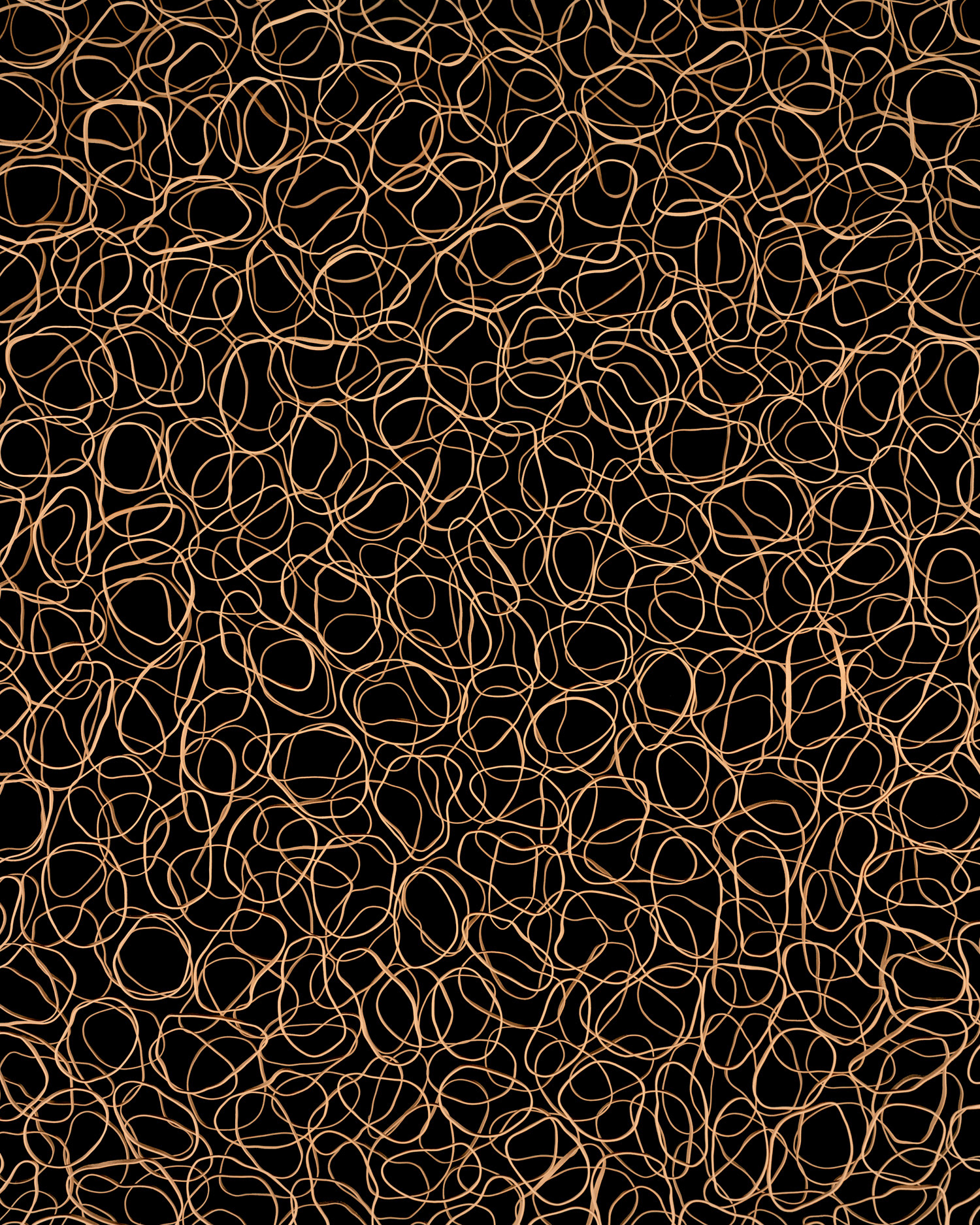

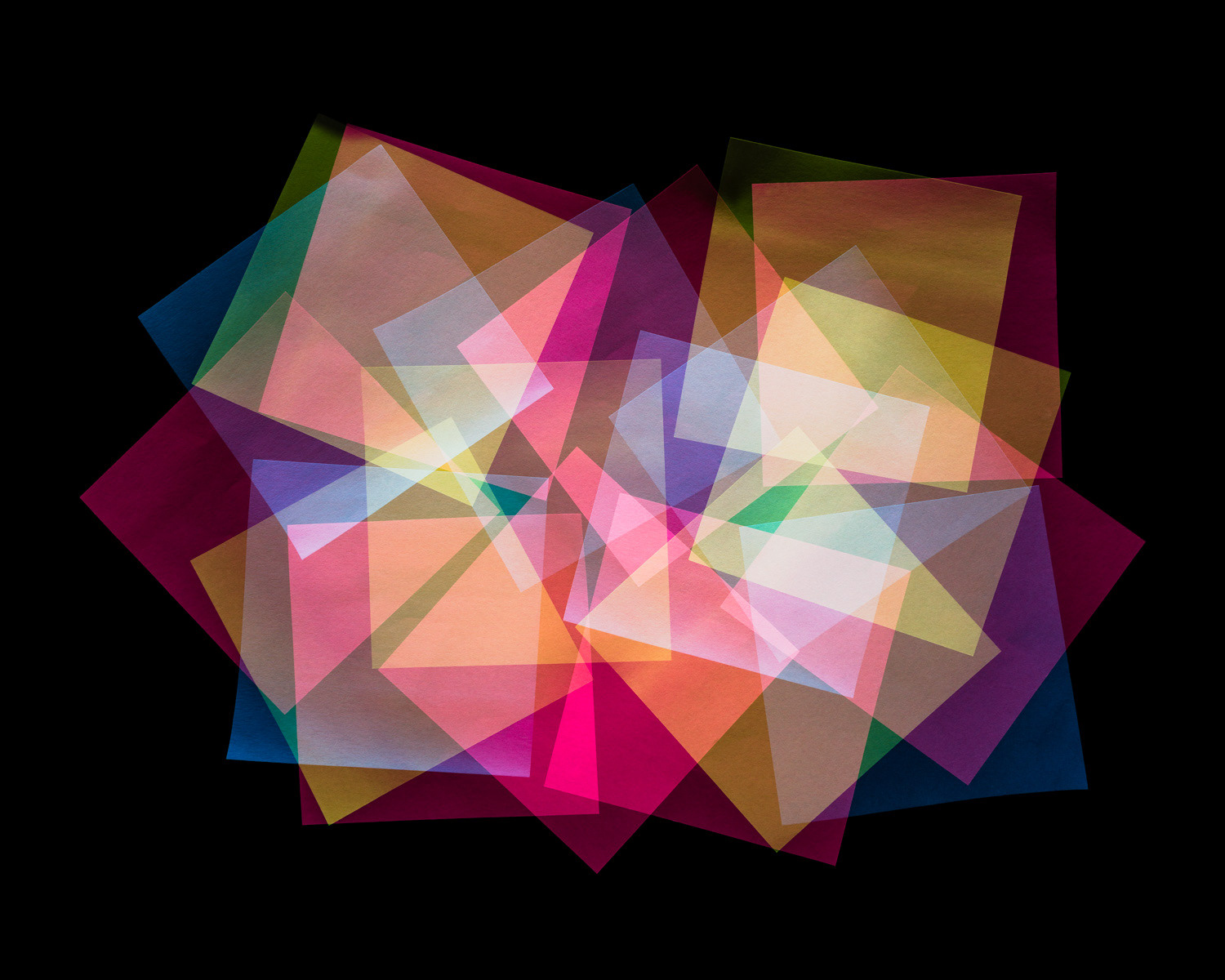
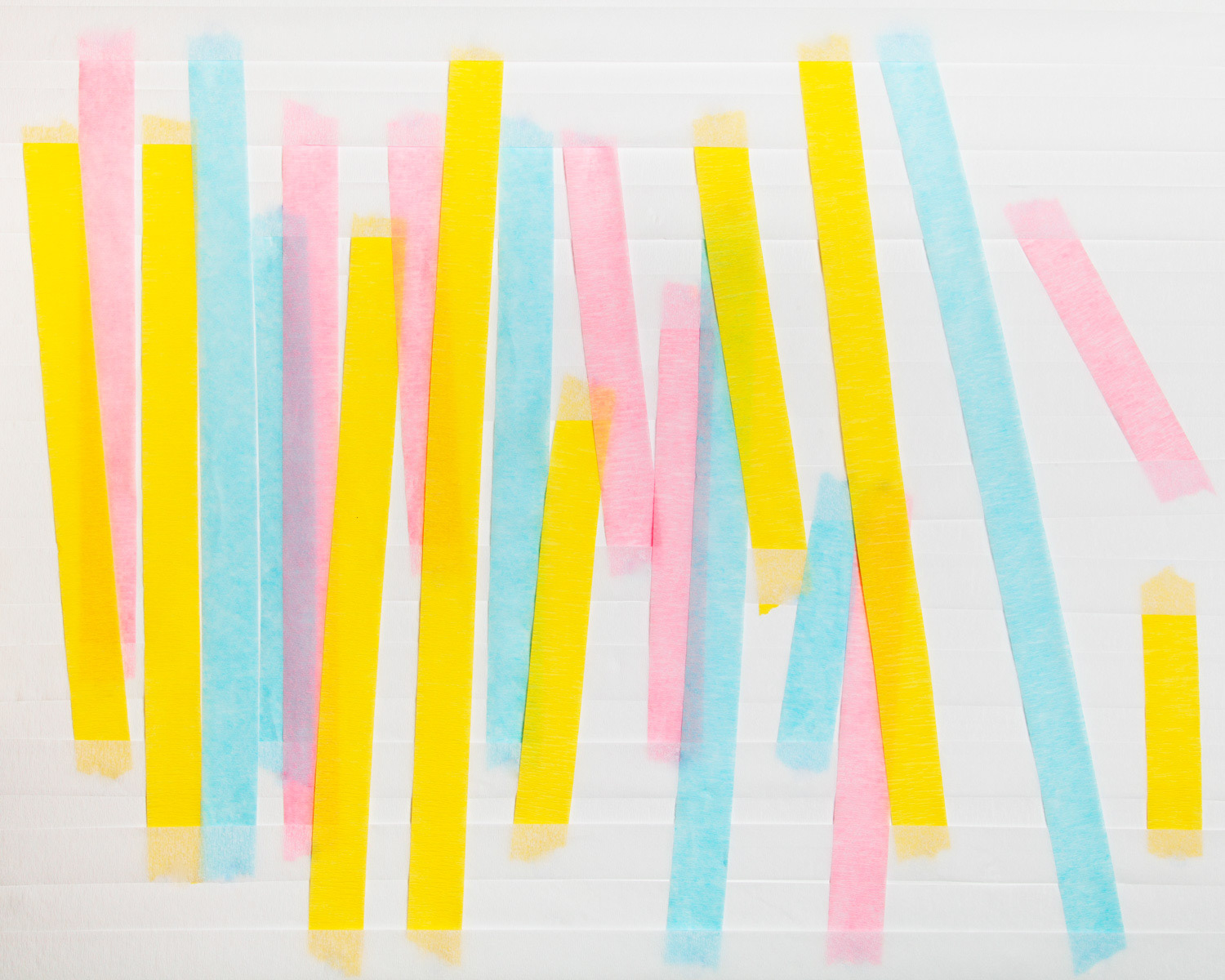

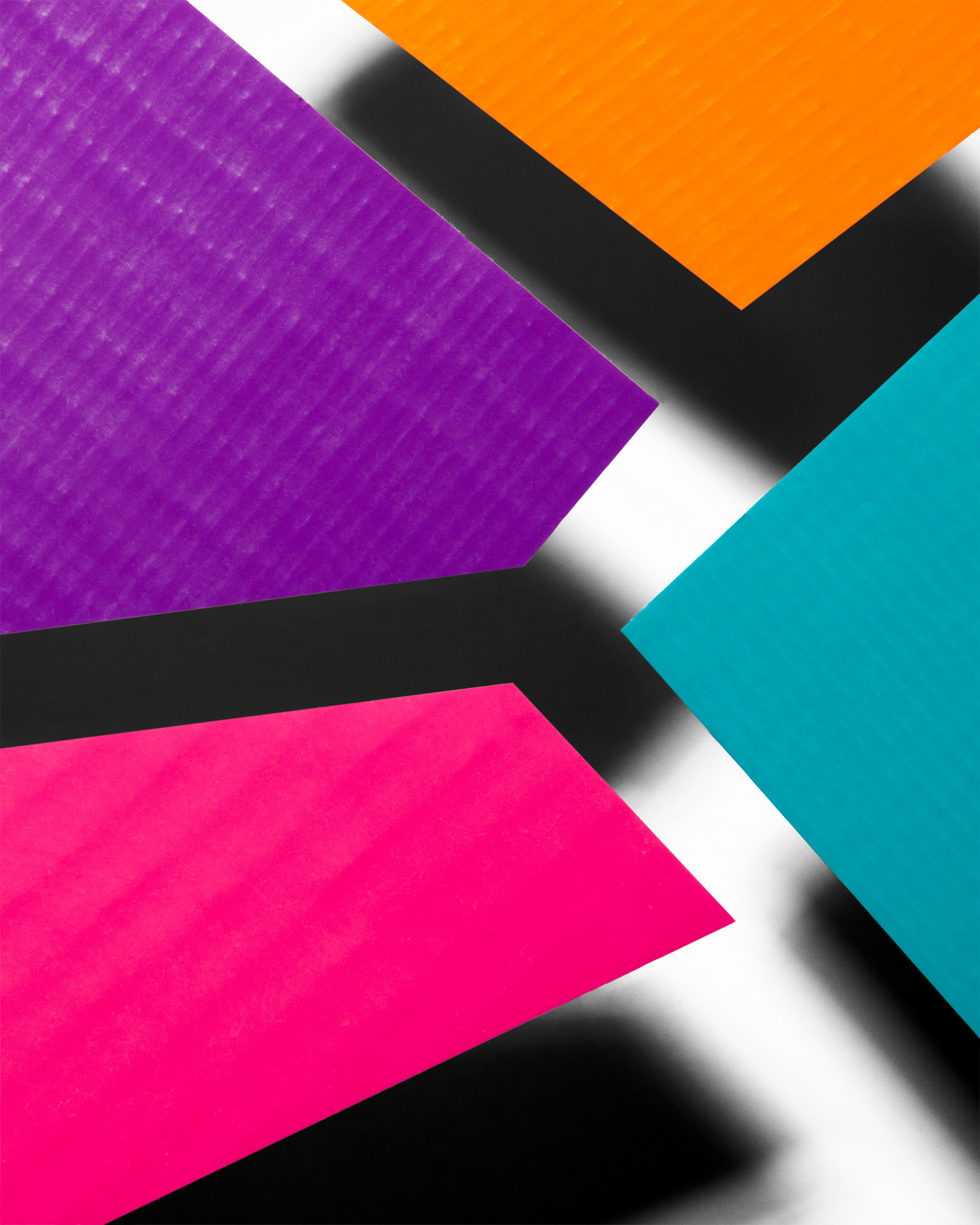
For this photo shoot I plan to take photos of buildings, landscapes and materials such as: paper,tape and memo pads. I also plan to edit them on Photoshop in different styles like this:
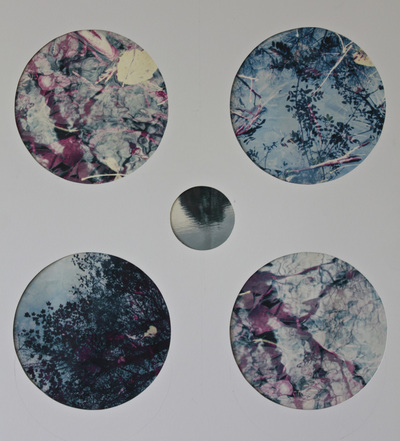

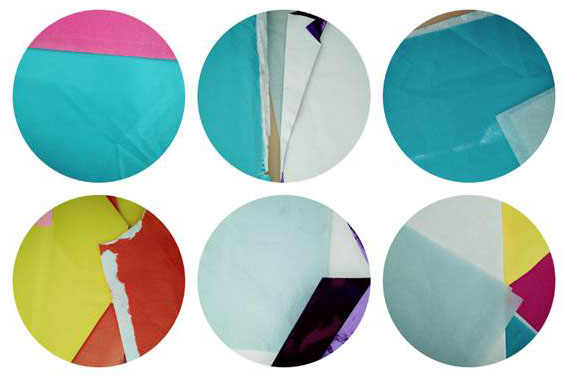
Red – No
Green – Yes
Orange – Maybe
Yellow – Edit
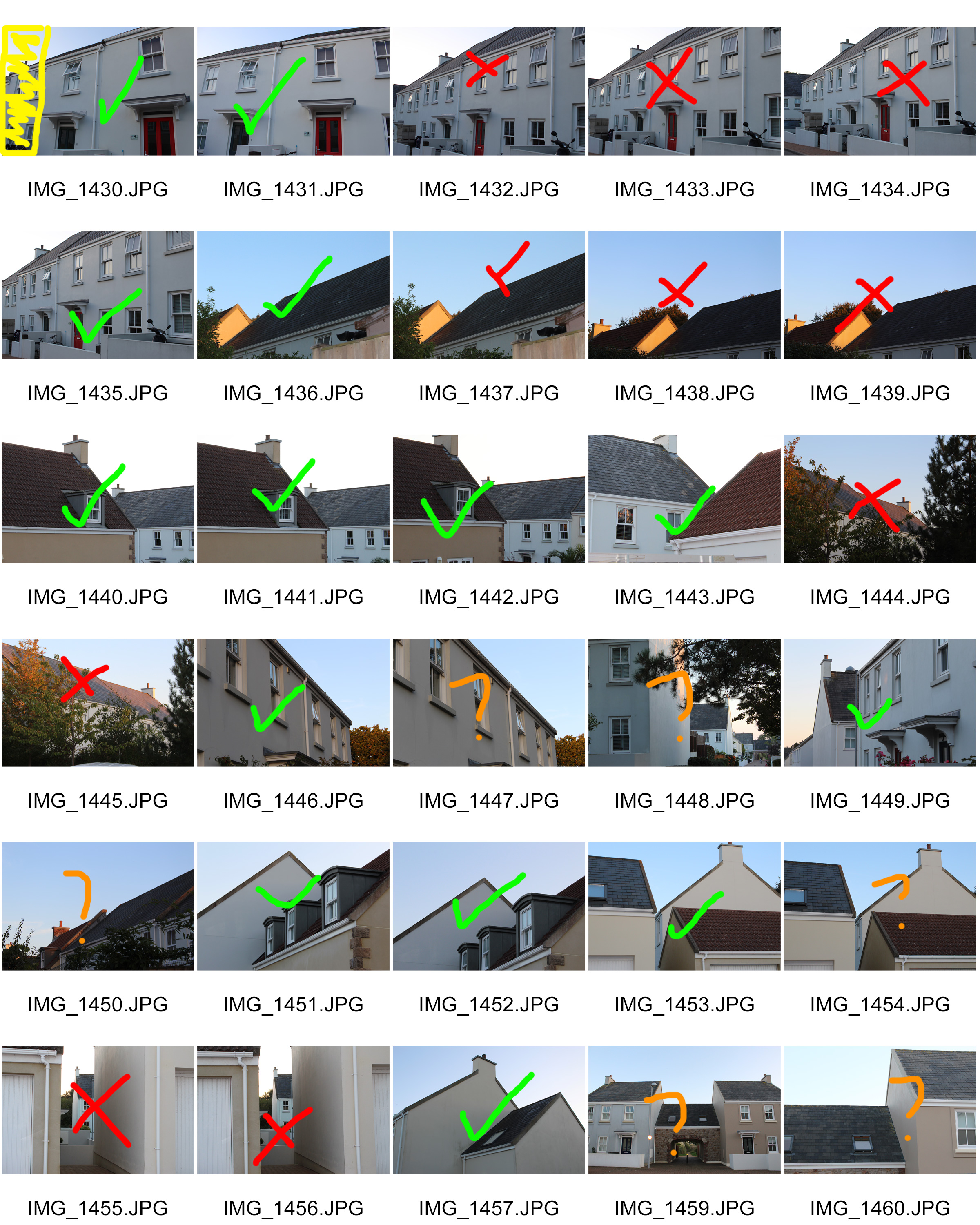
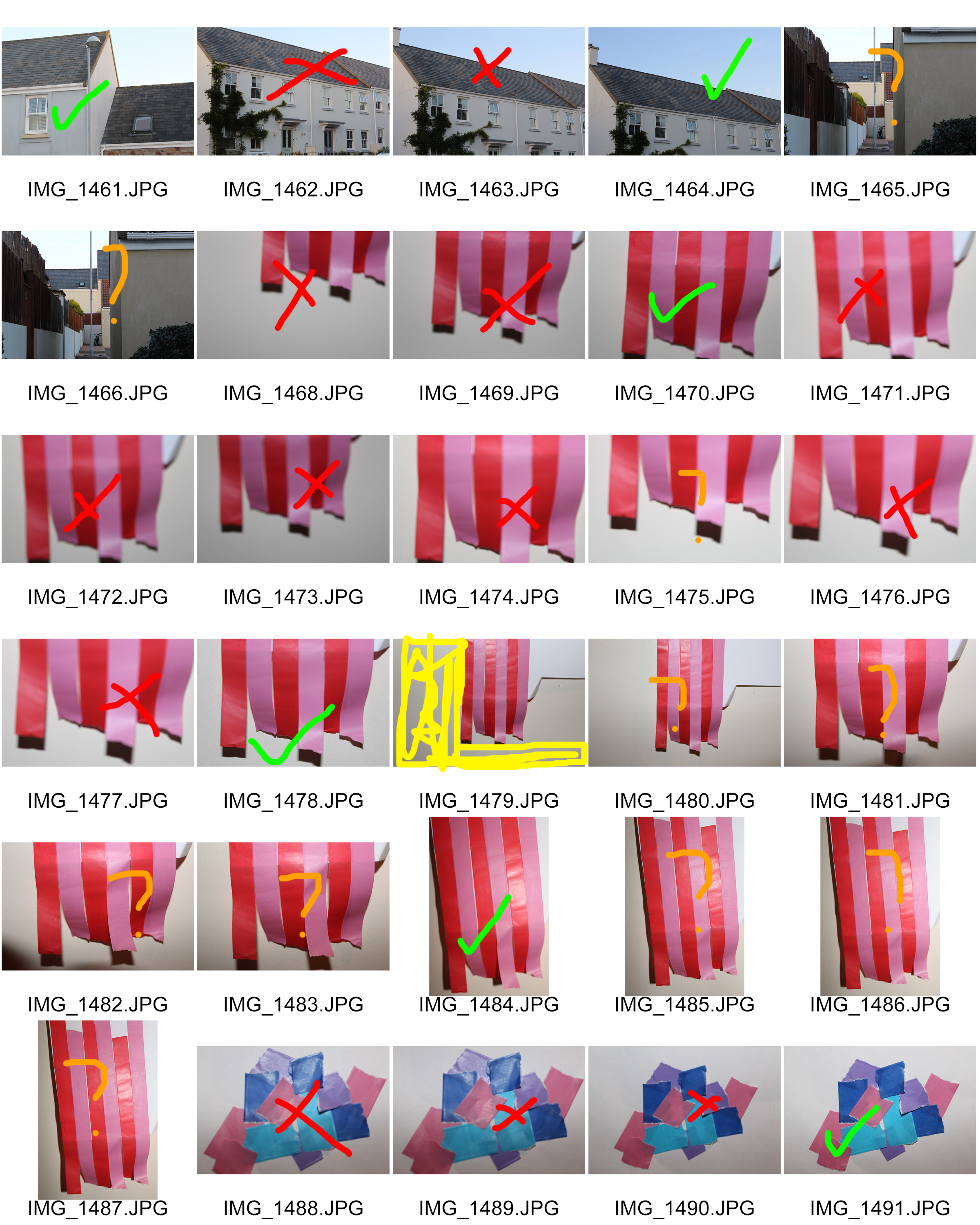

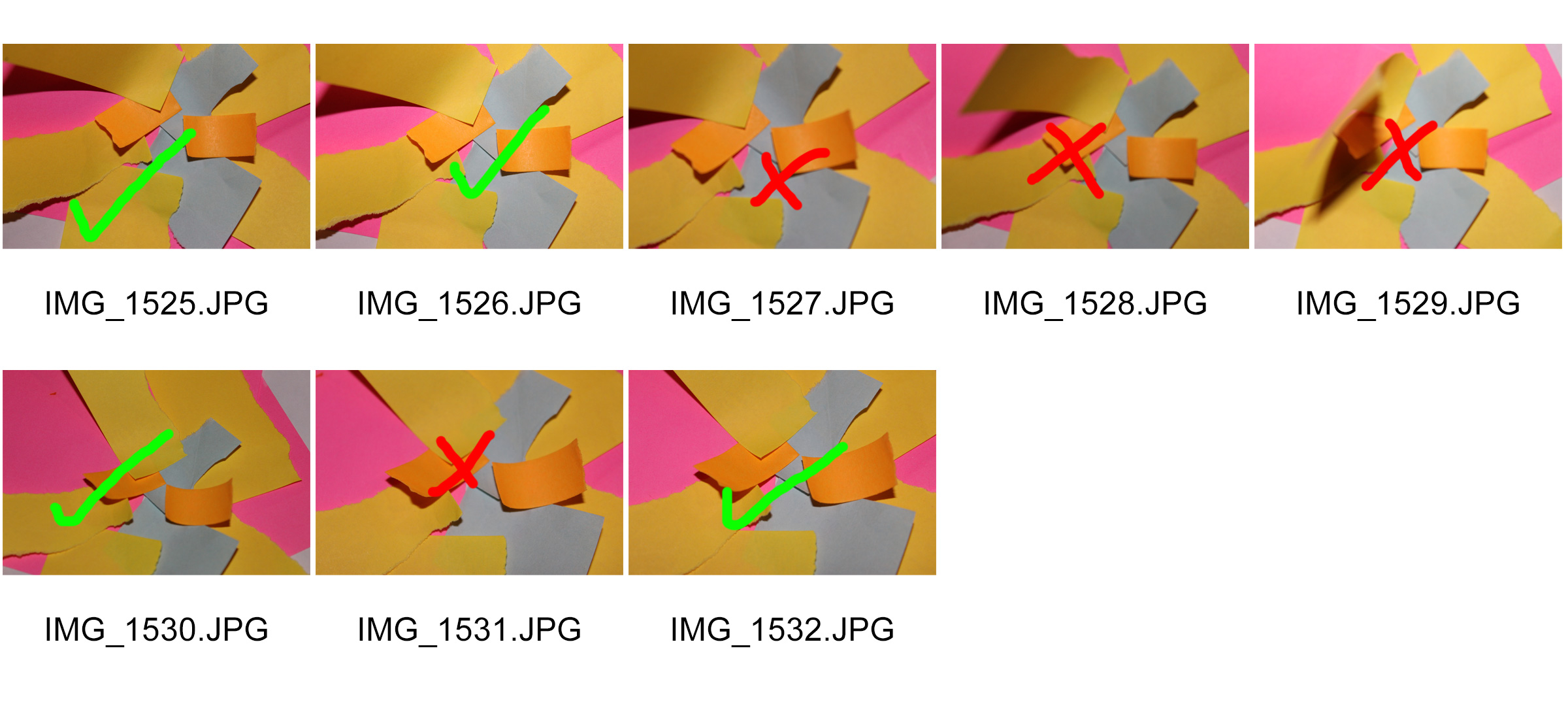
My Best Photos (Unedited)





My Photos (Edited)
I edited all these photos on Photoshop
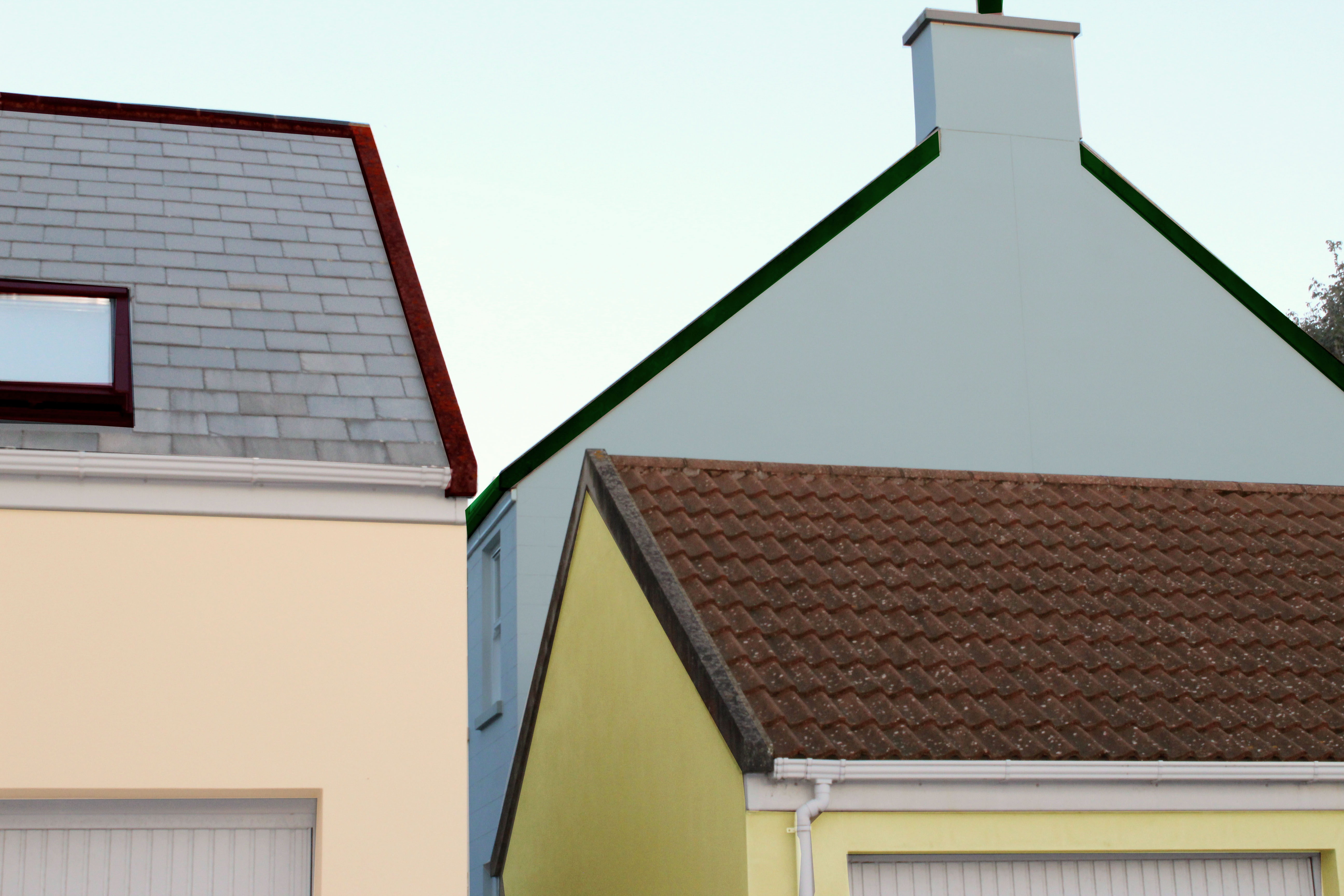
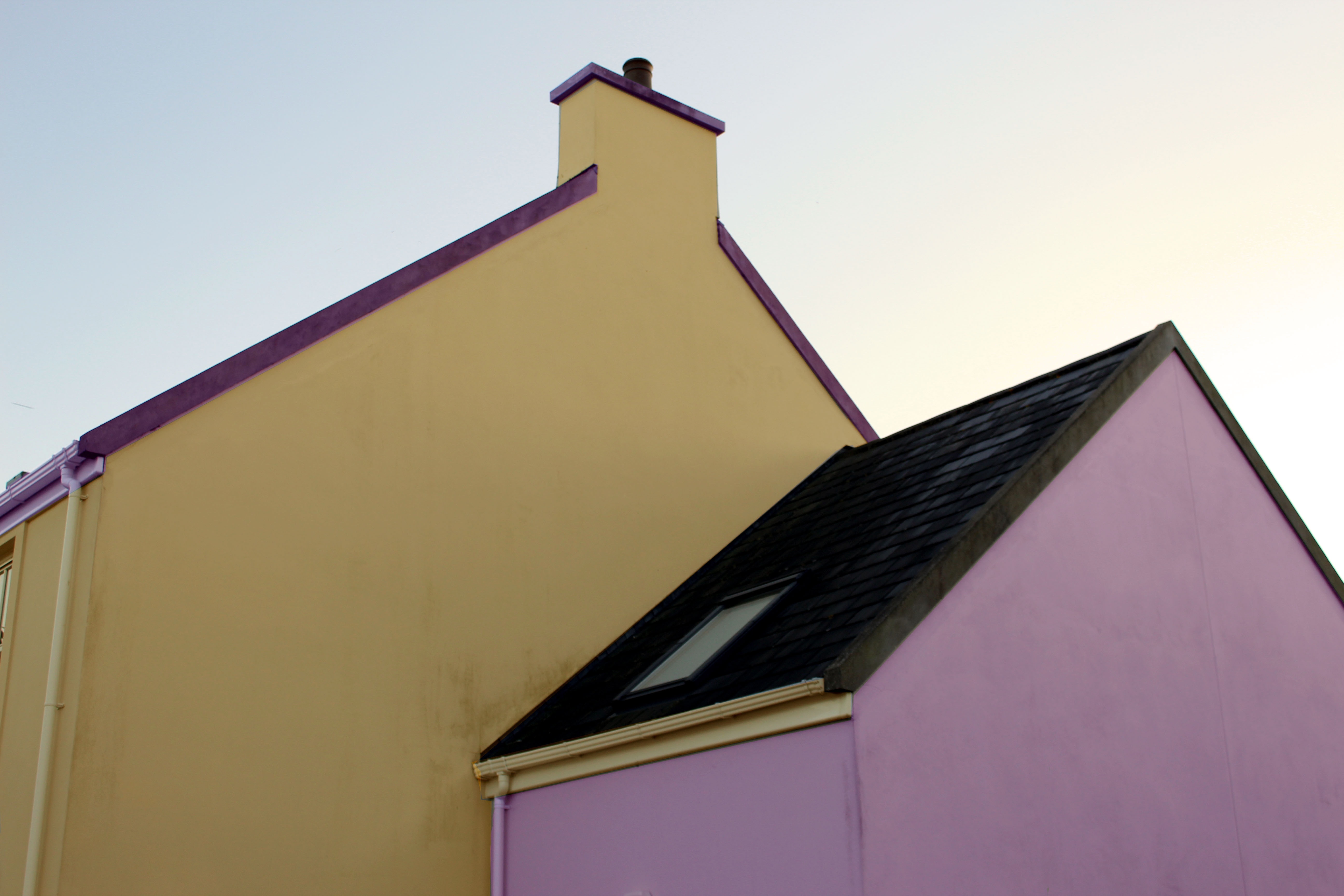
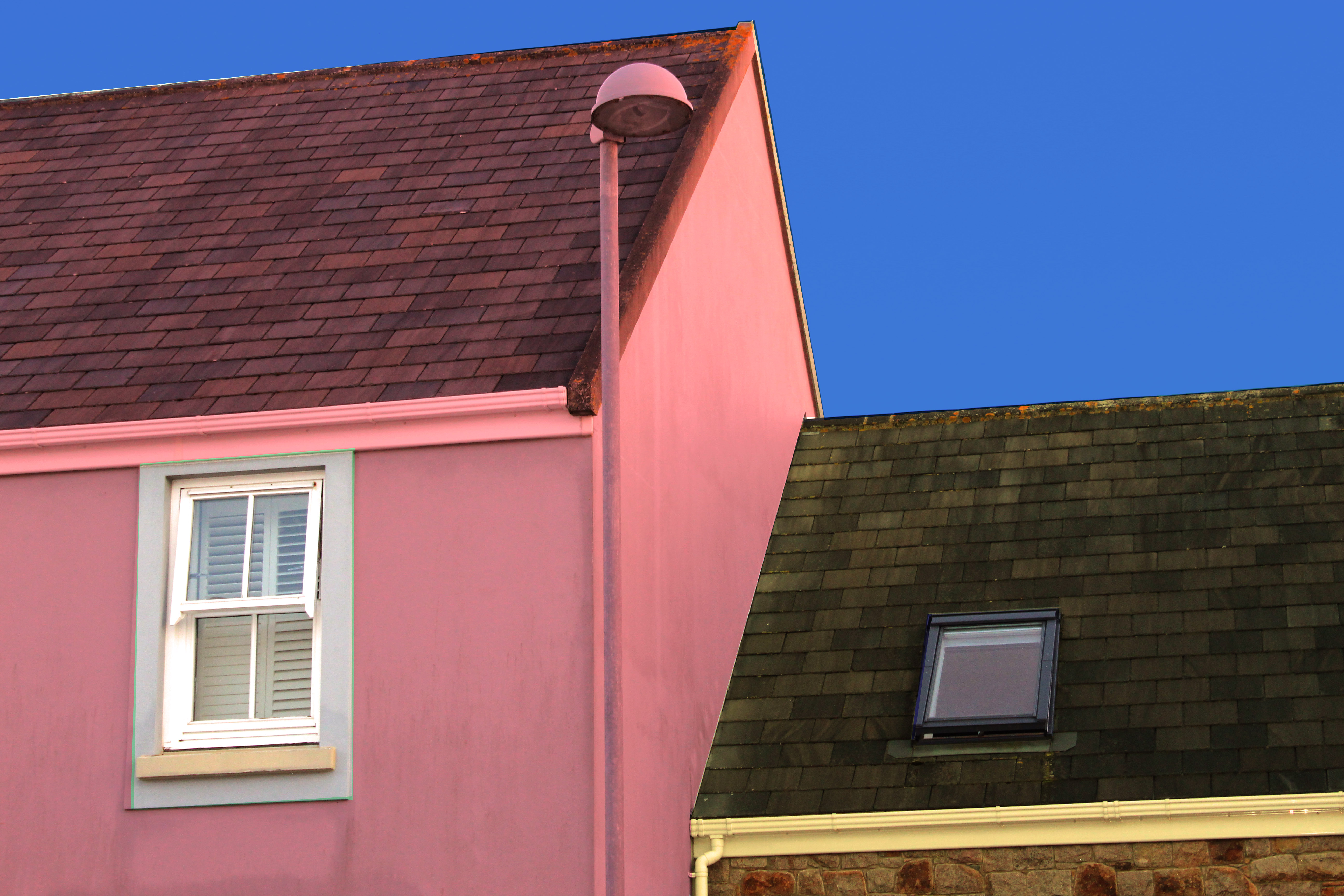
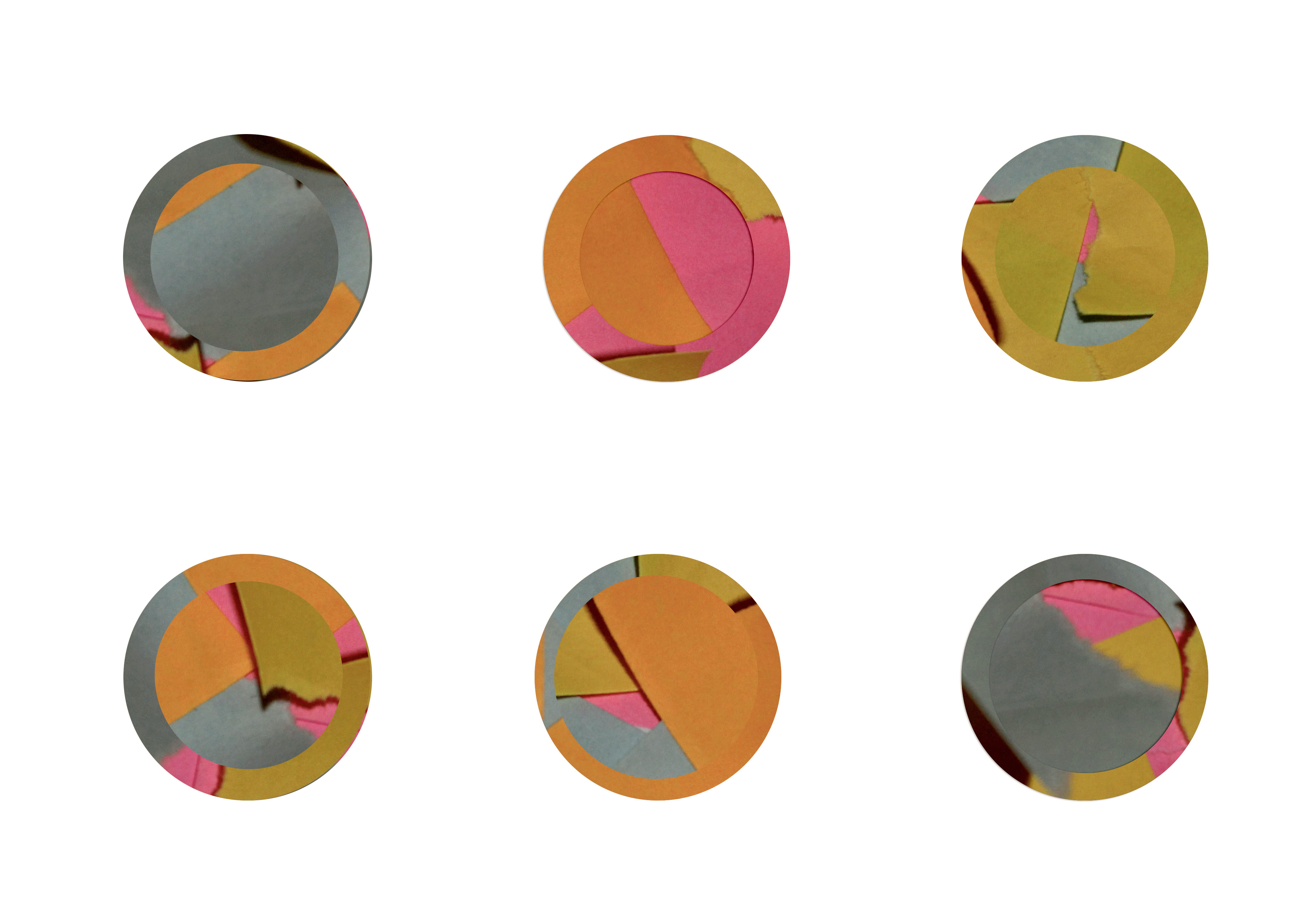
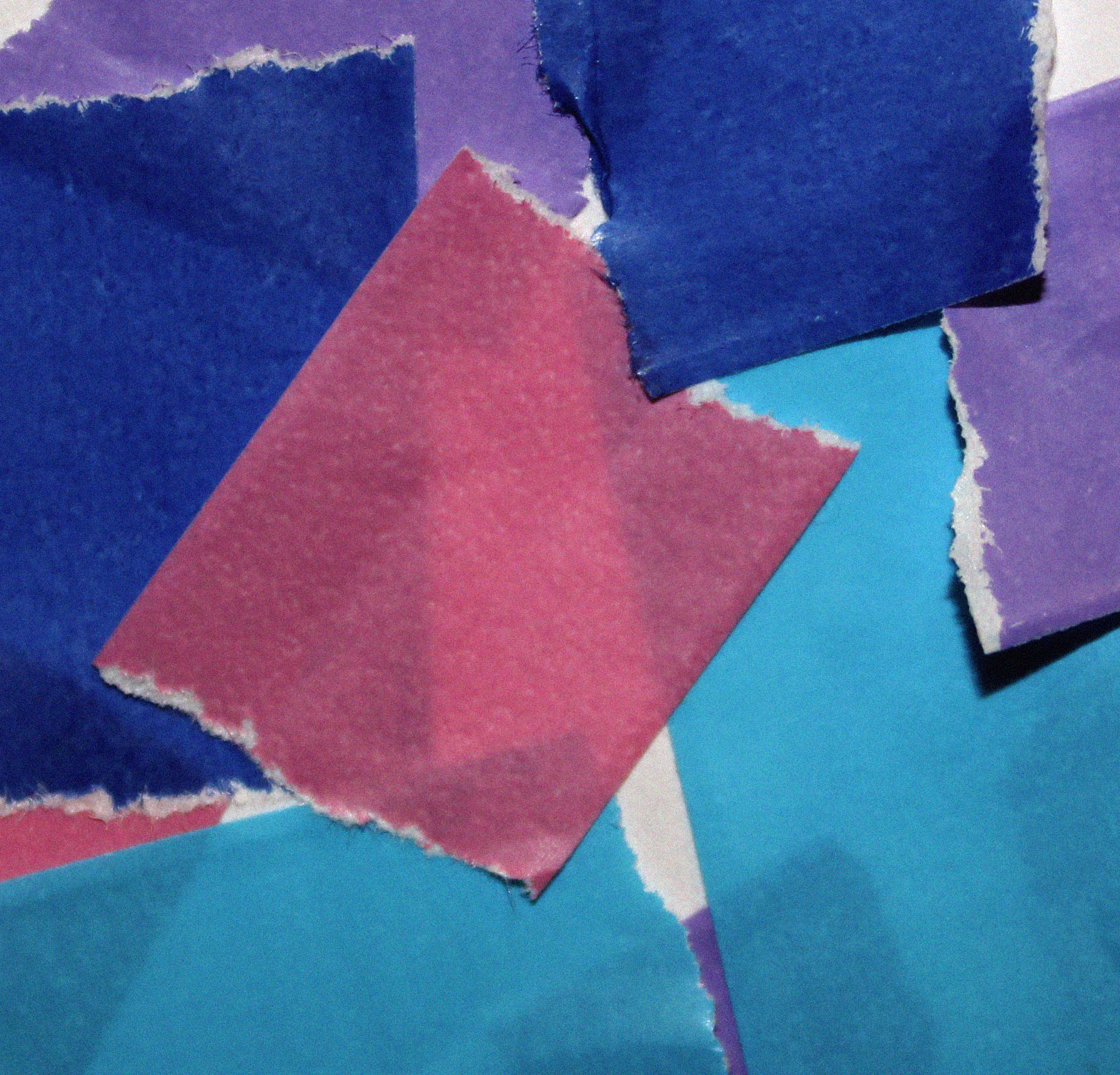
I’m really happy with how these edited photos came out as I believe I achieved the same style and look of the photographers I have researched. I really like how I edited these photos. Next time I think I will take more photos
Step by step how I edited one of my photos:
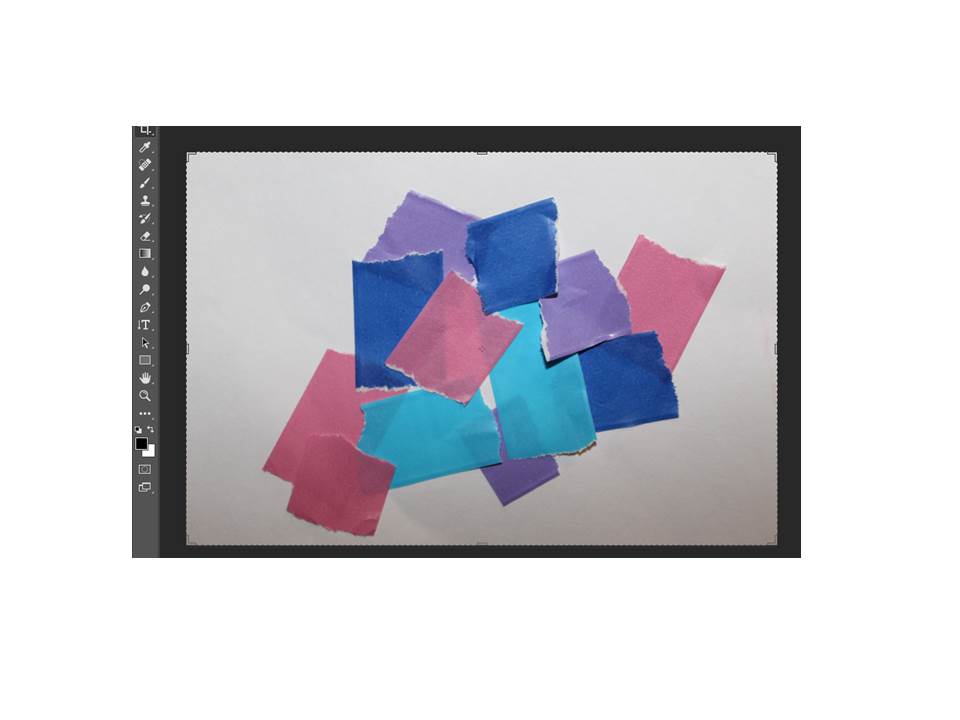
First I cropped my photo to my liking with the crop tool
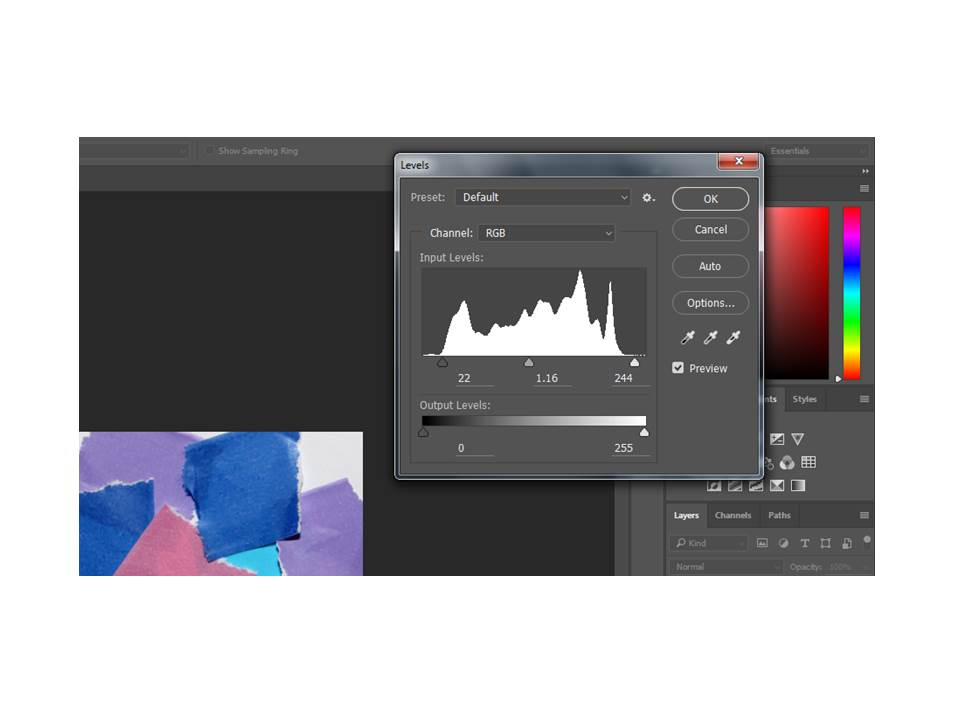
Then when I cropped it, I pressed Ctrl, alt, L on my keyboard and brought up the levels tool. This tool allows you to change the darkness, exposure and light on your image.
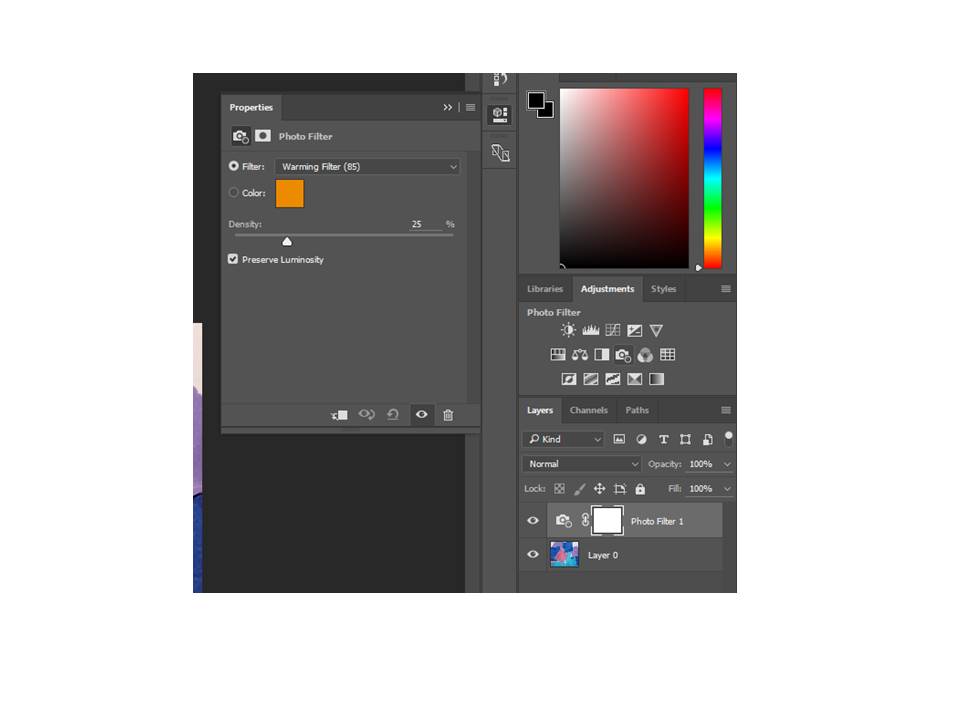
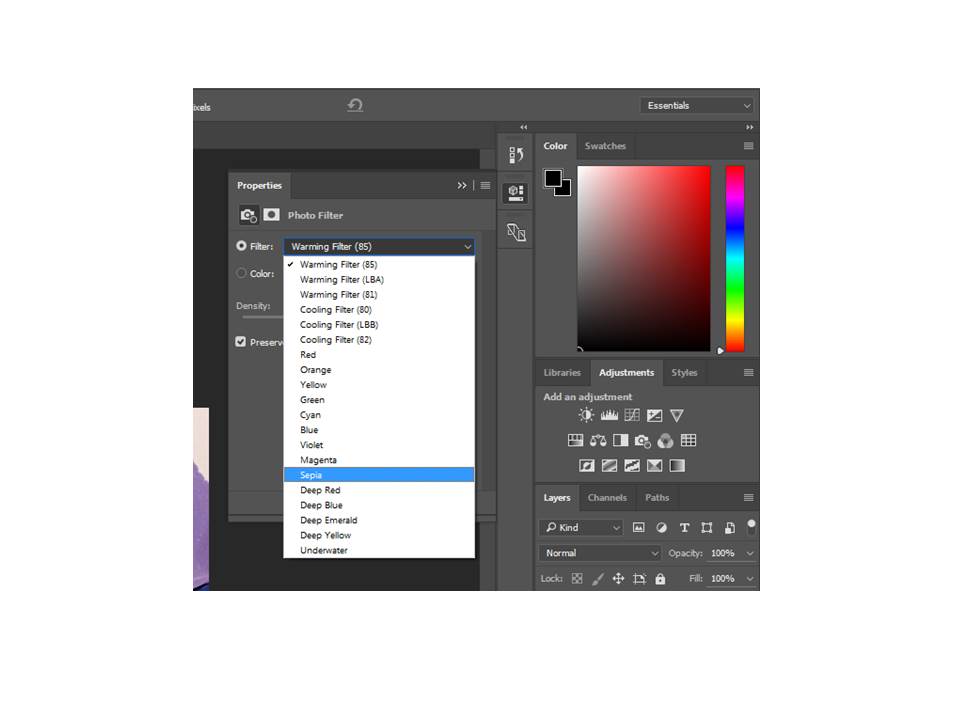
Then I pressed the photo filter tool and set it to the sepia filter.
